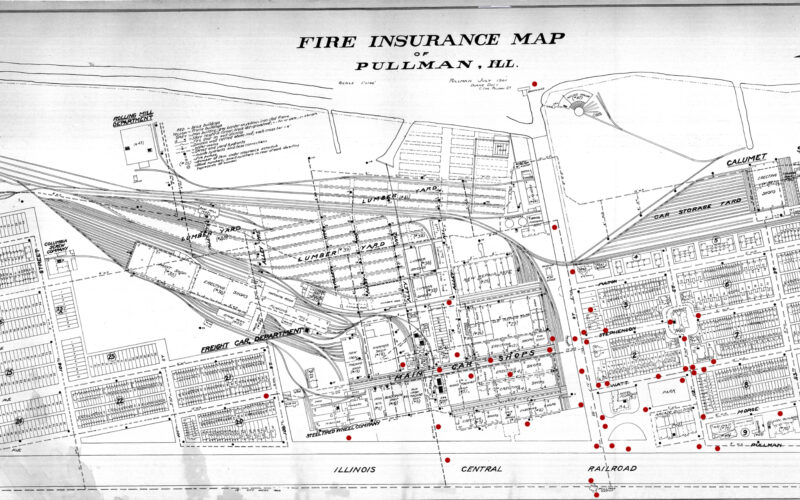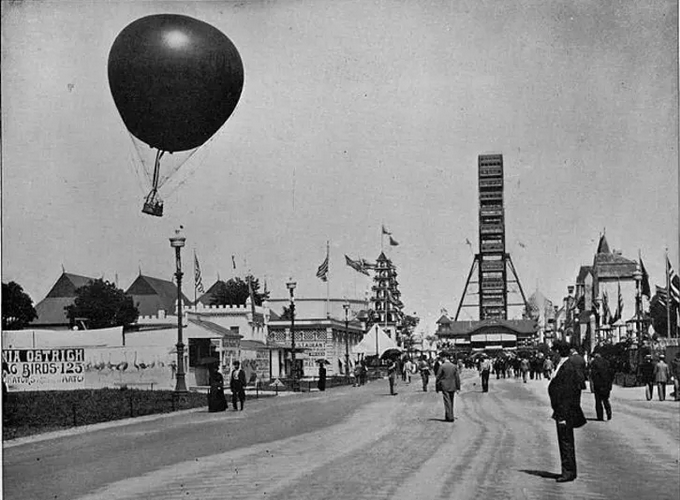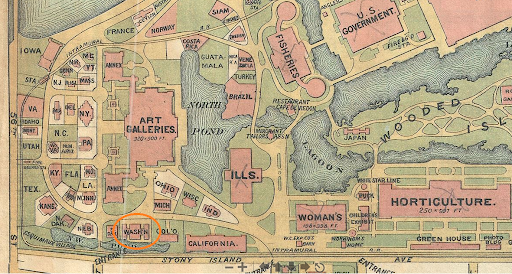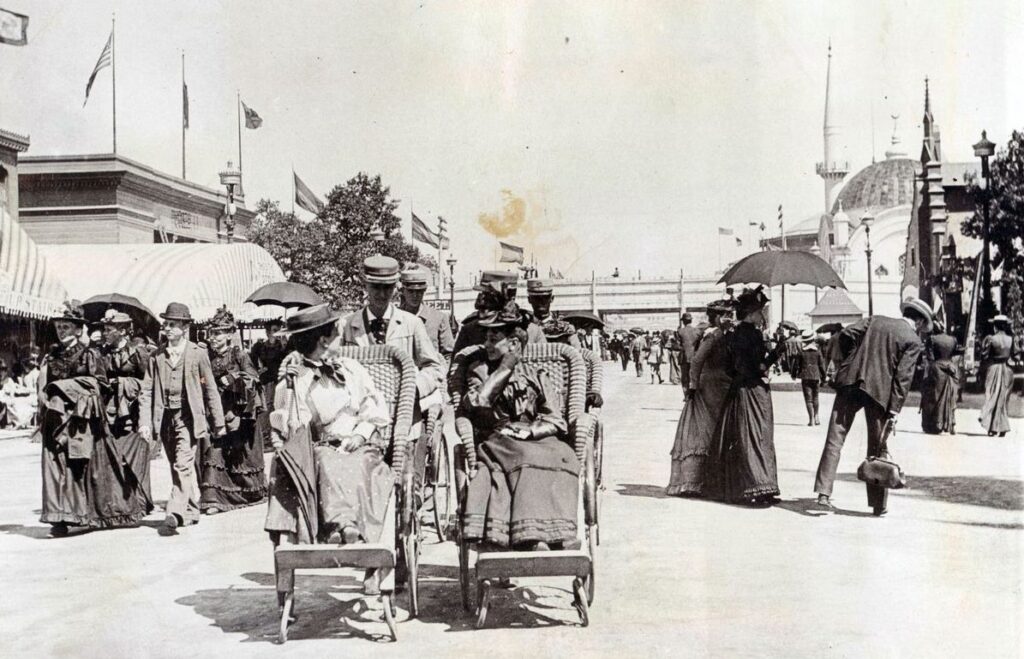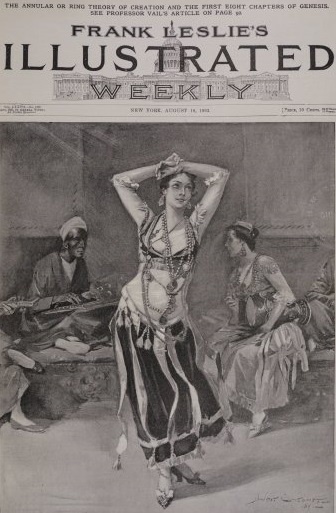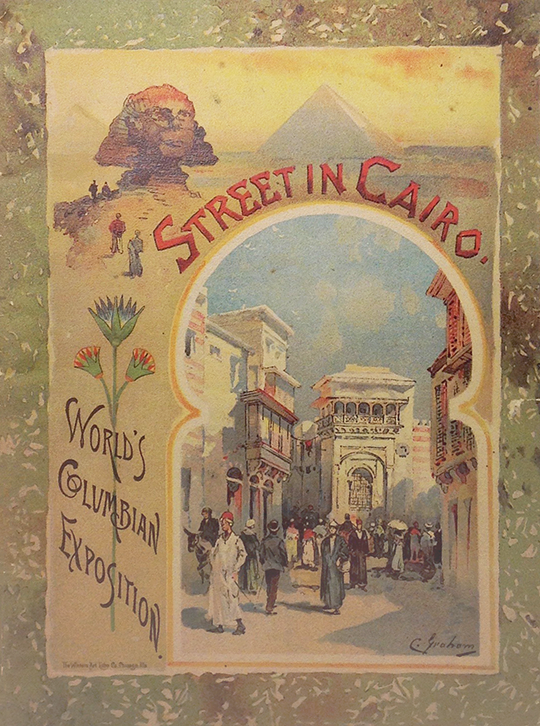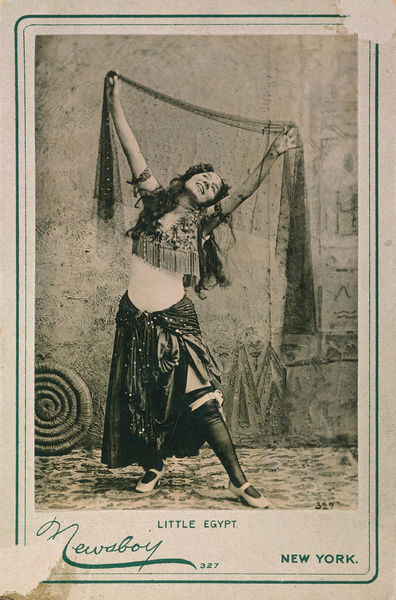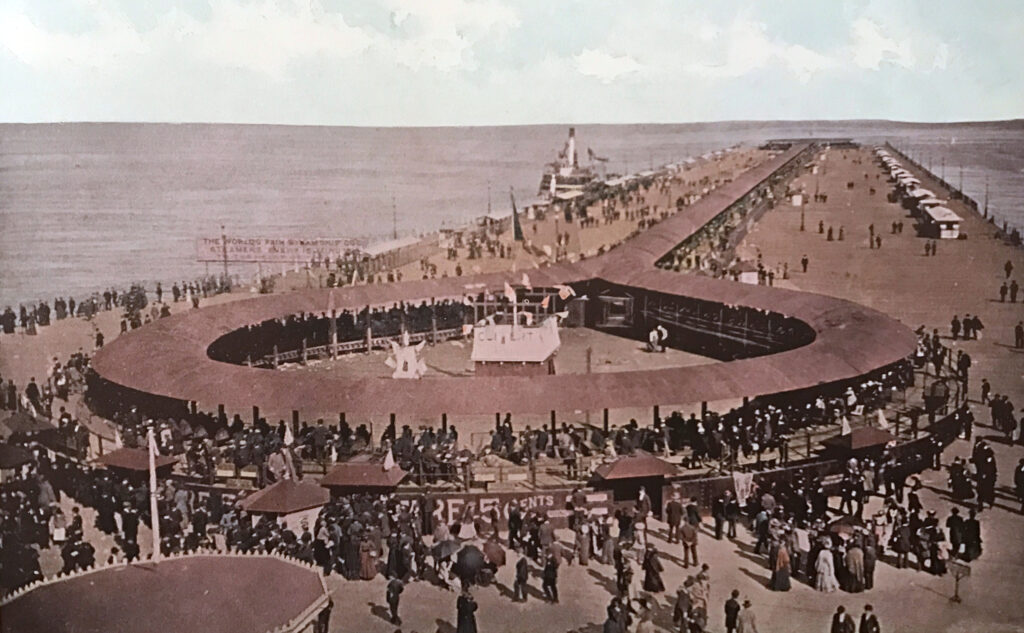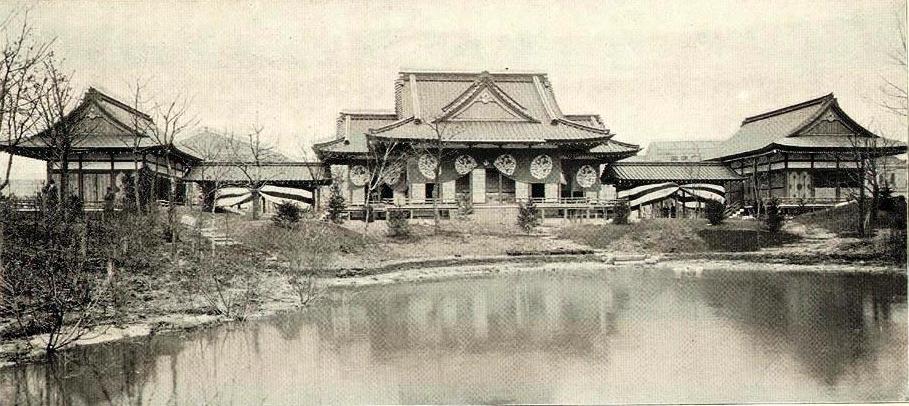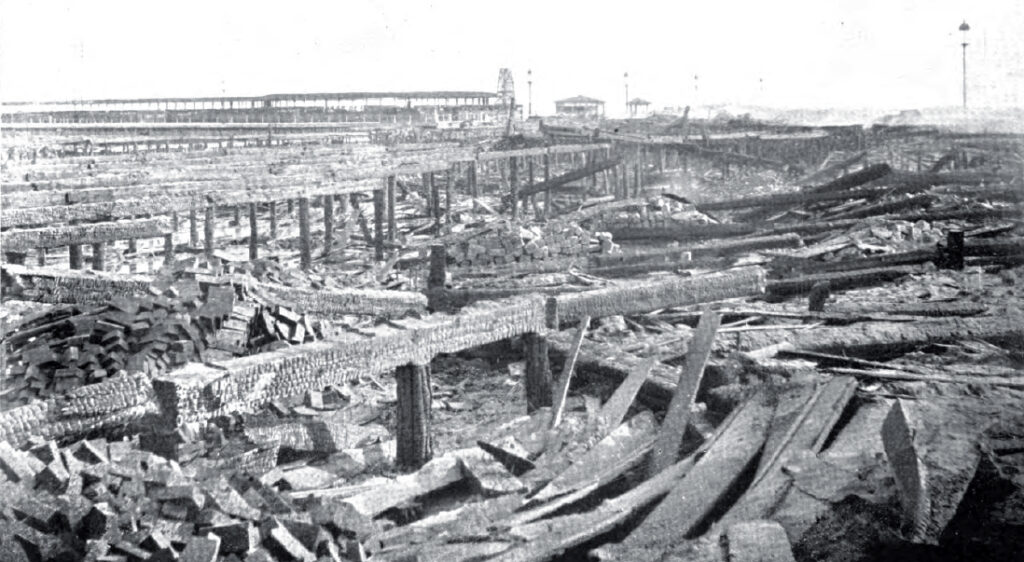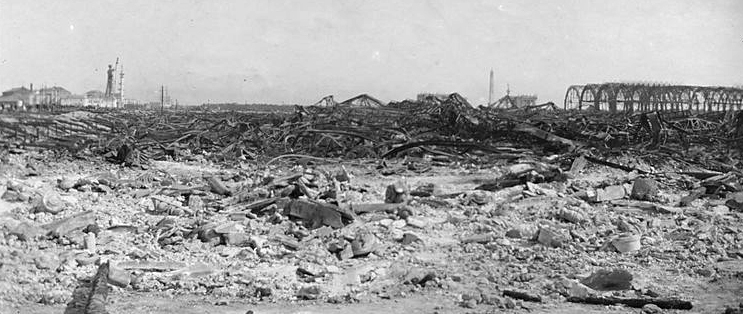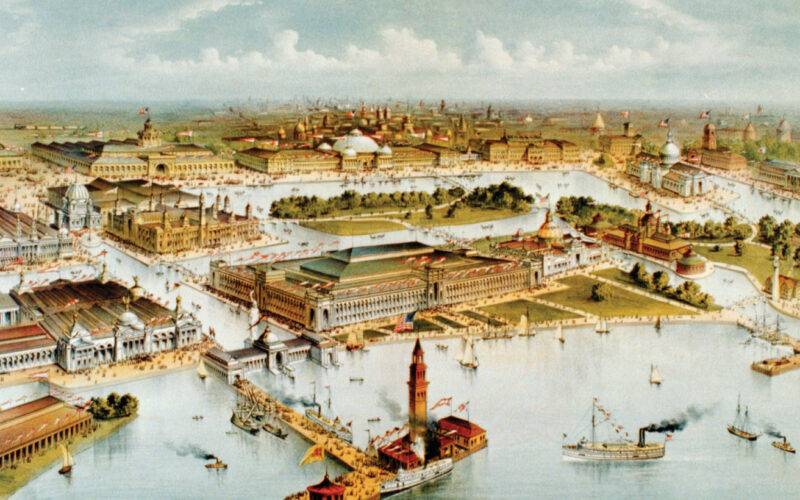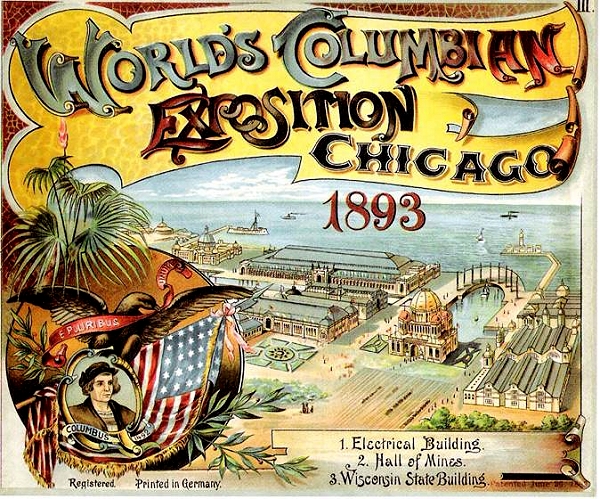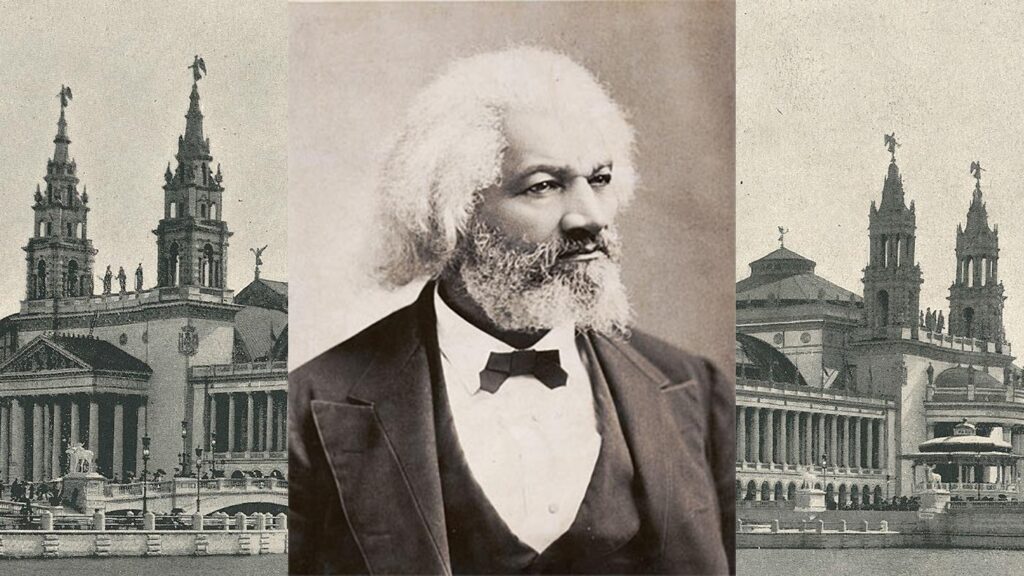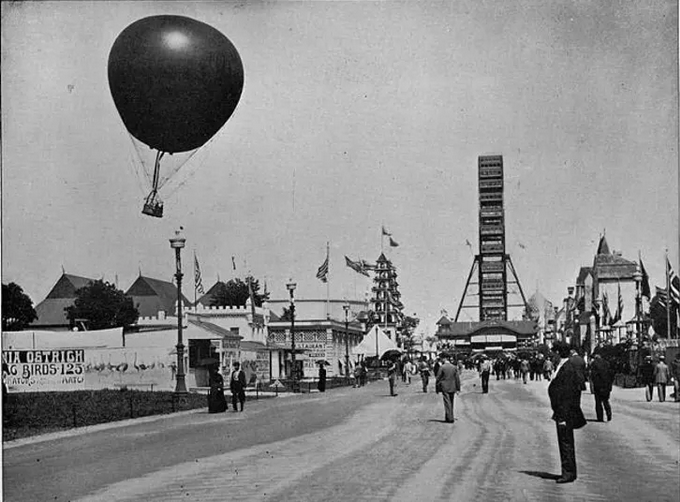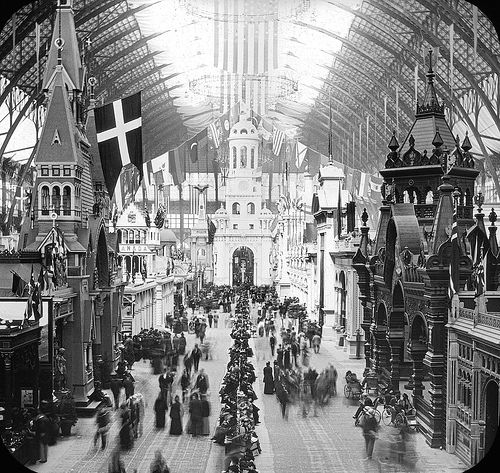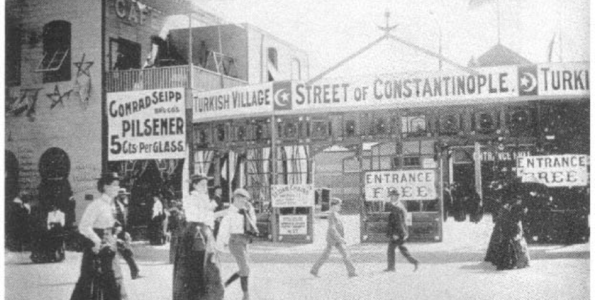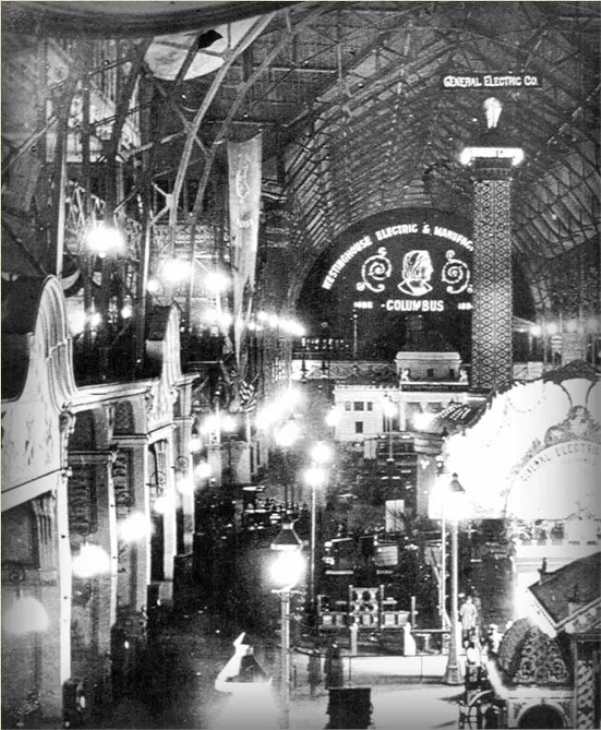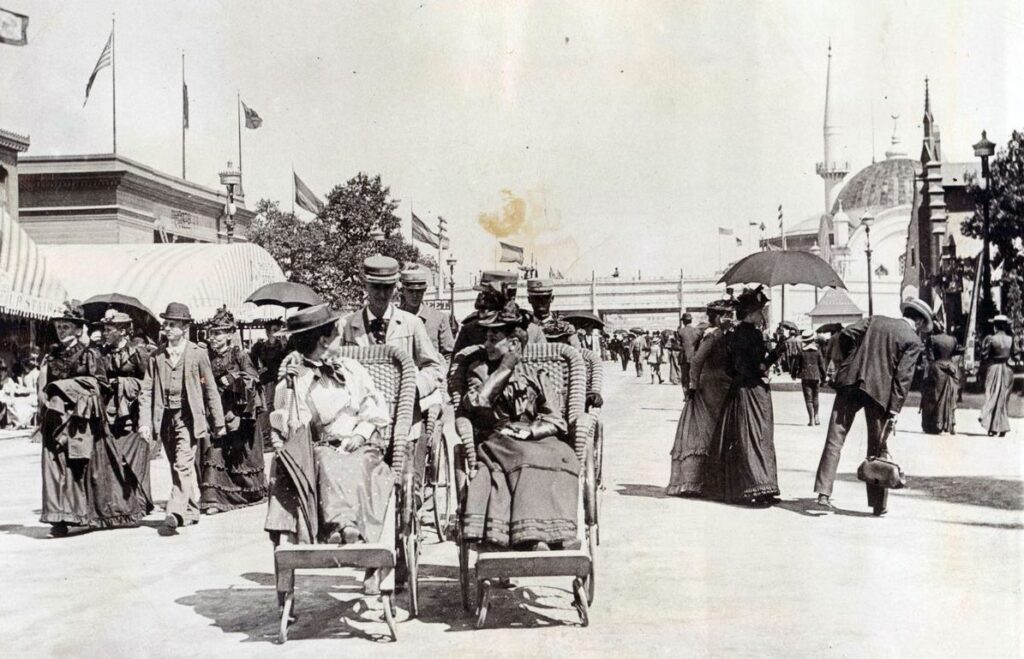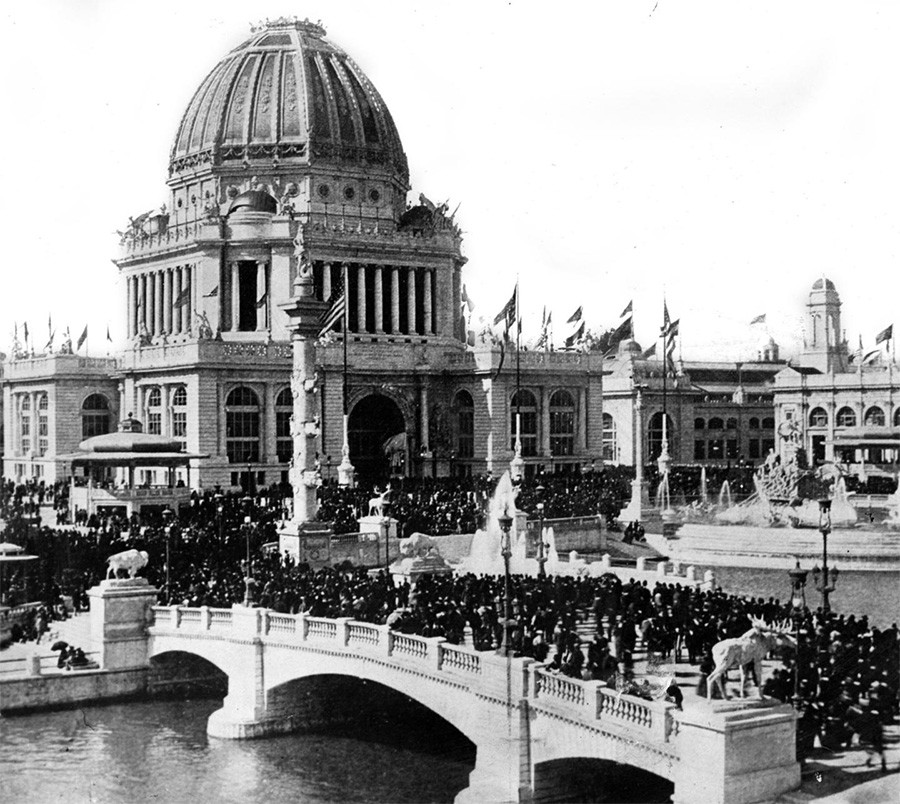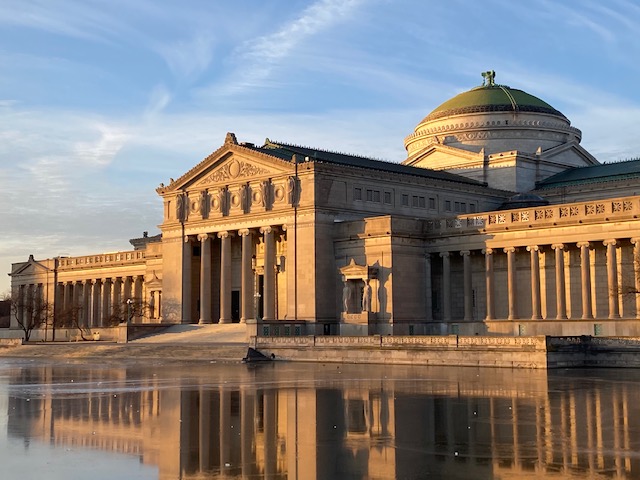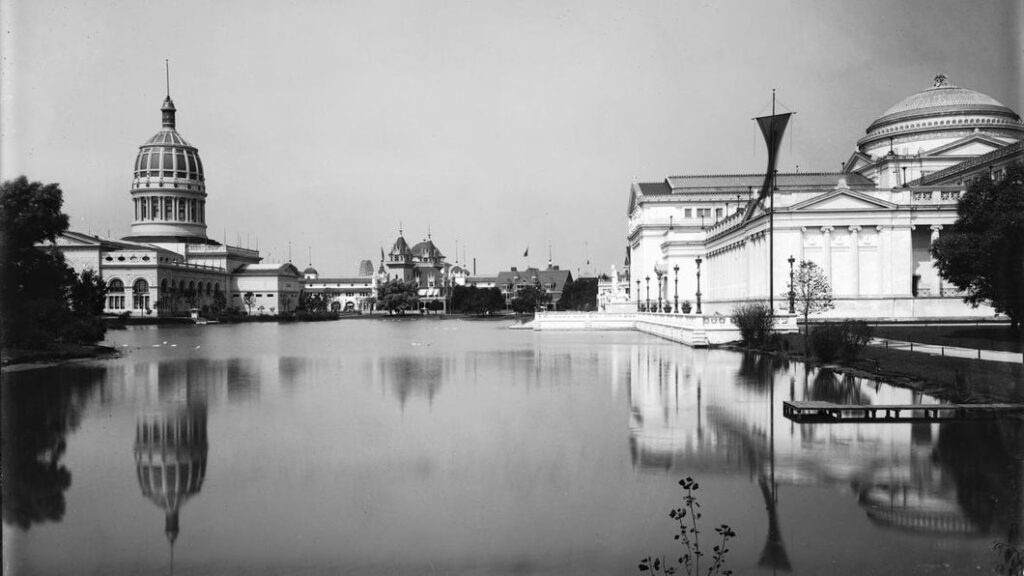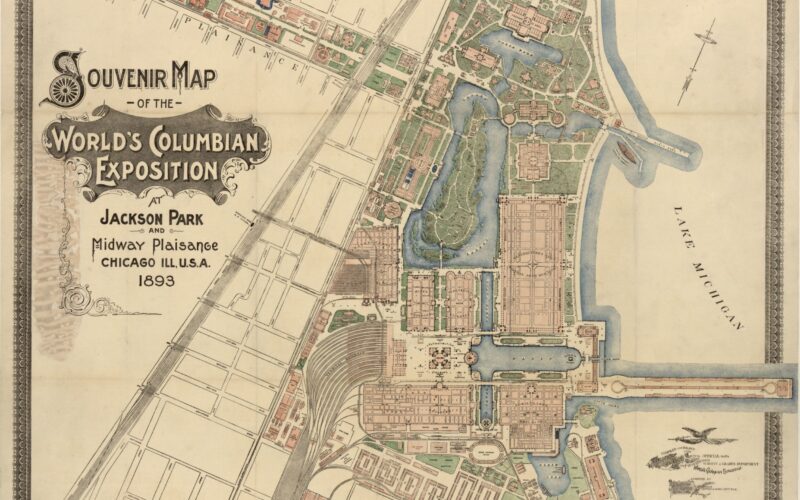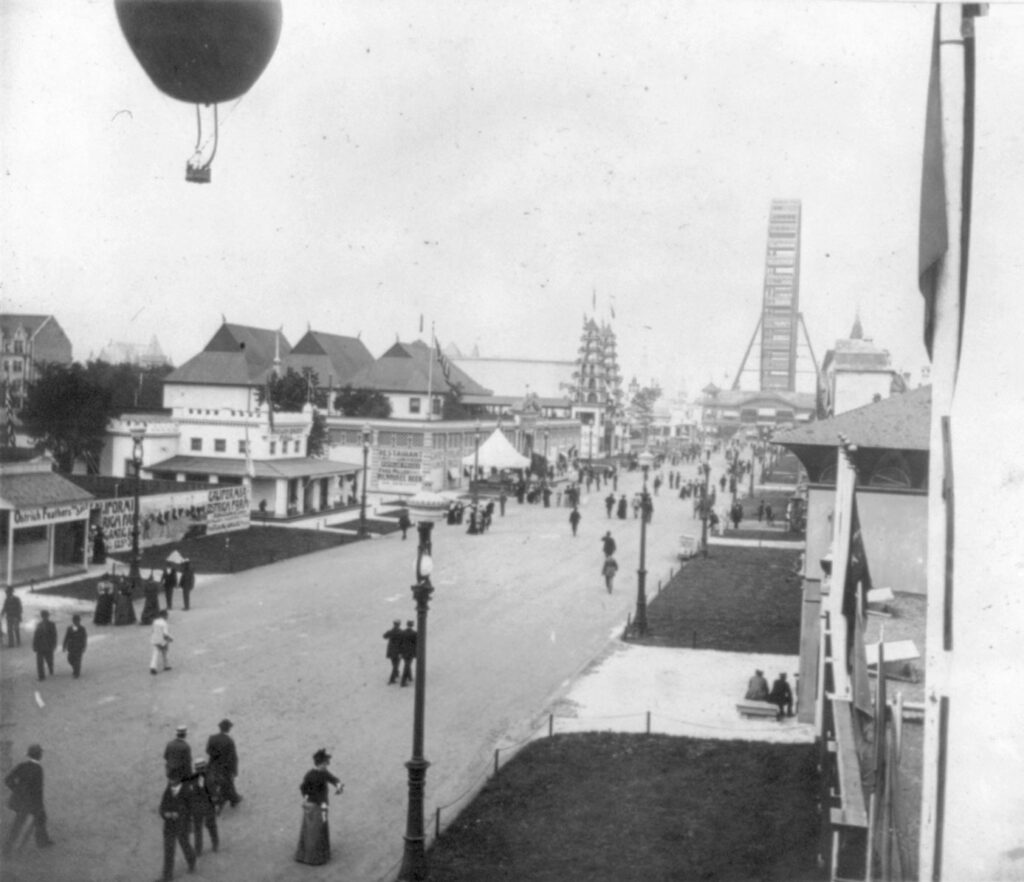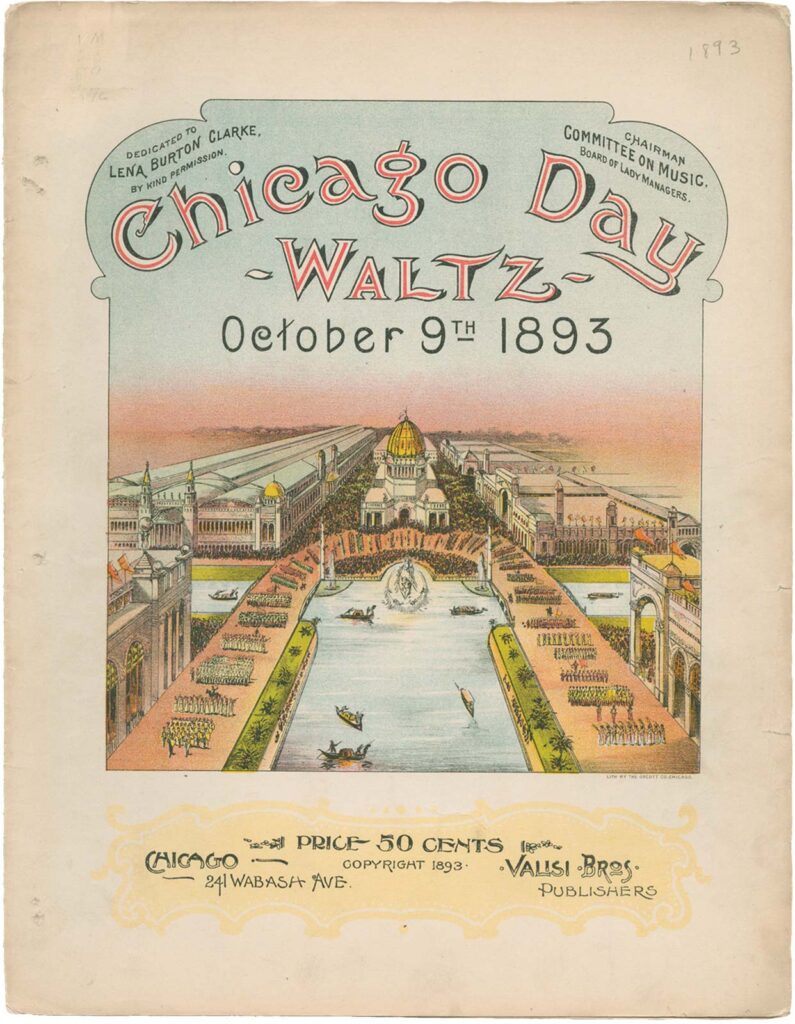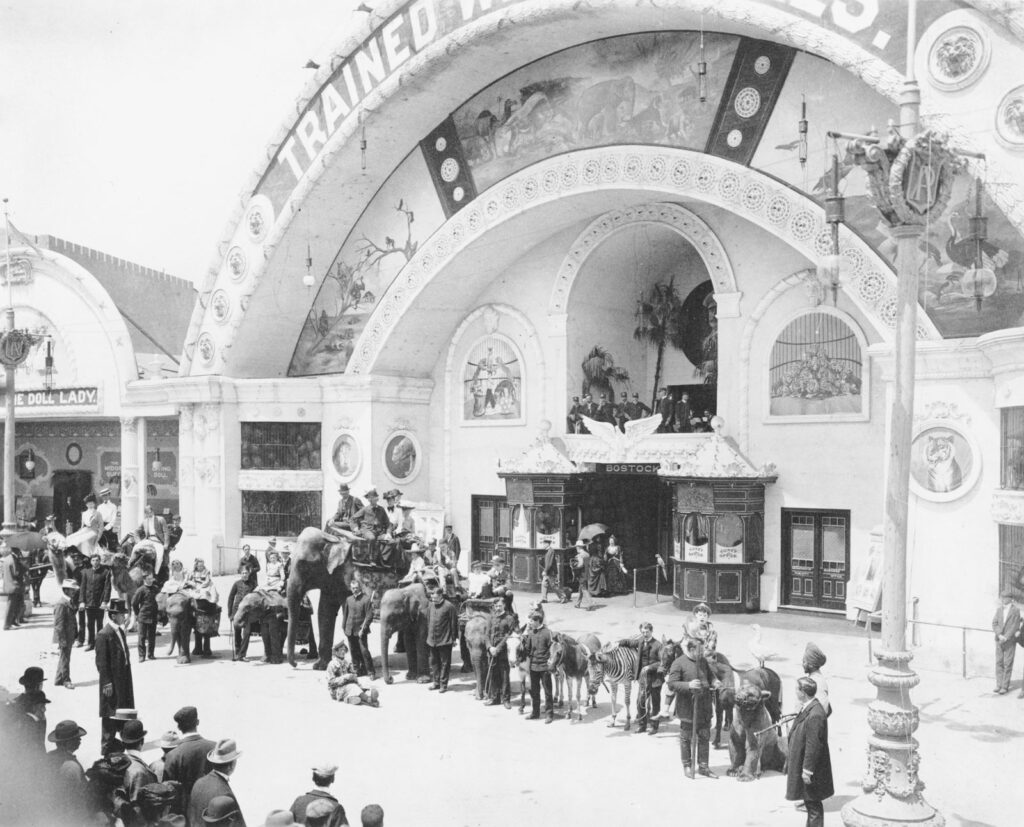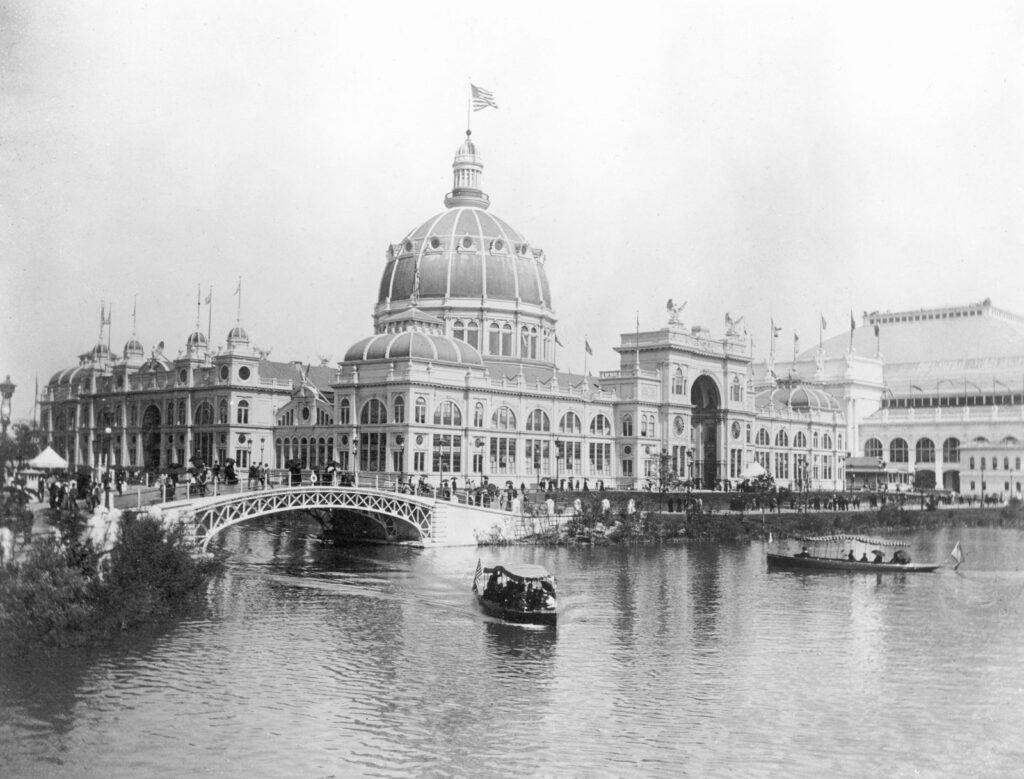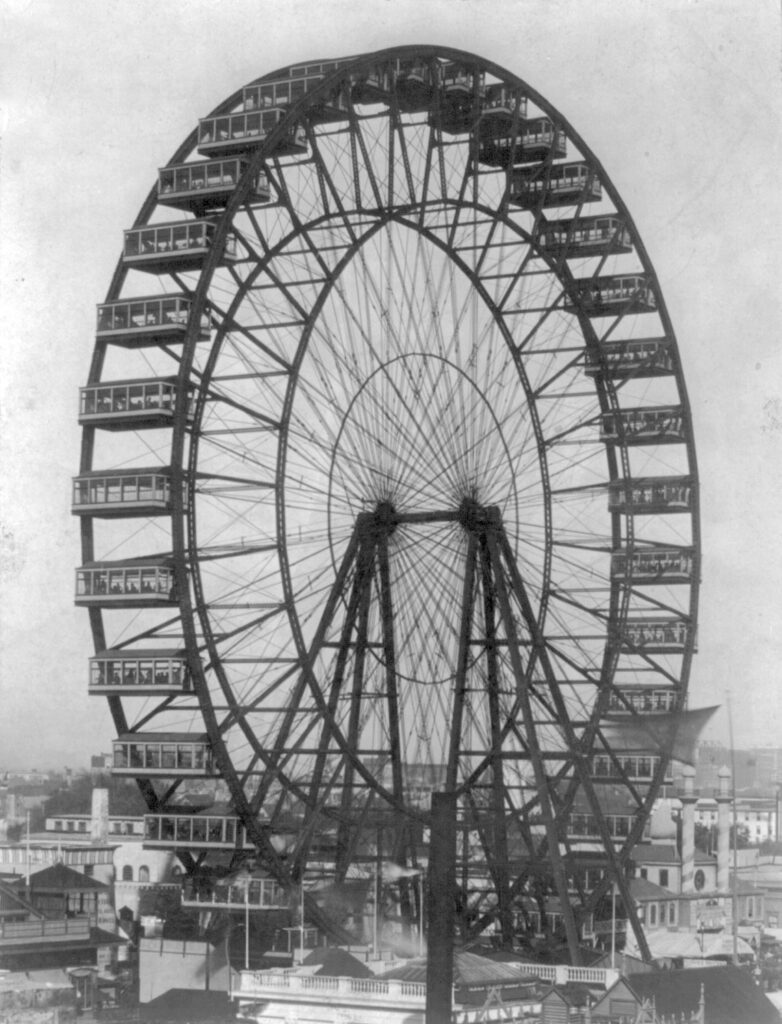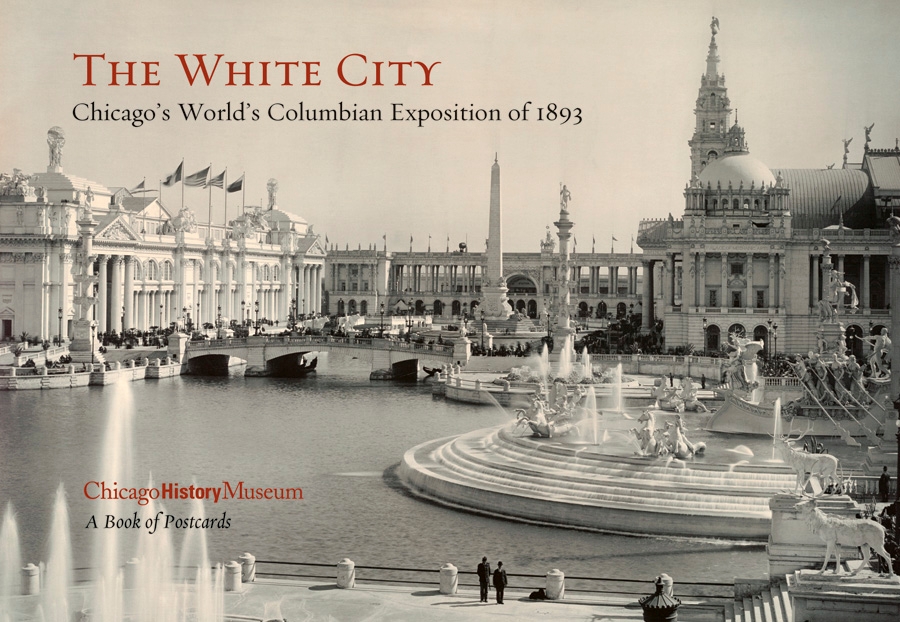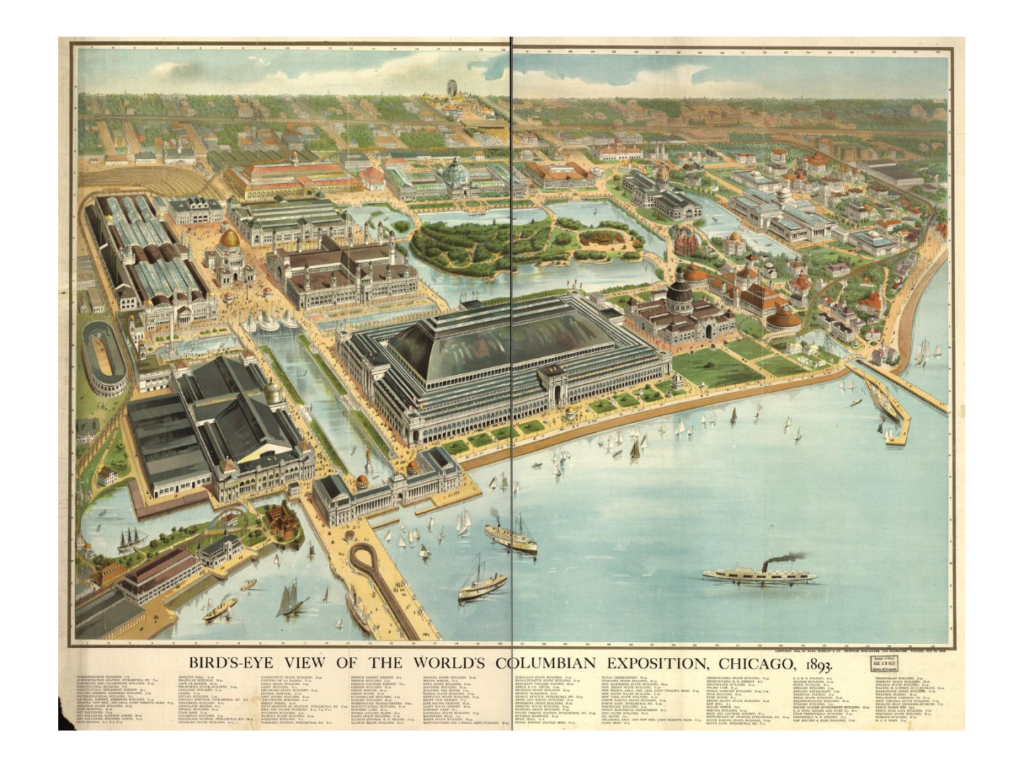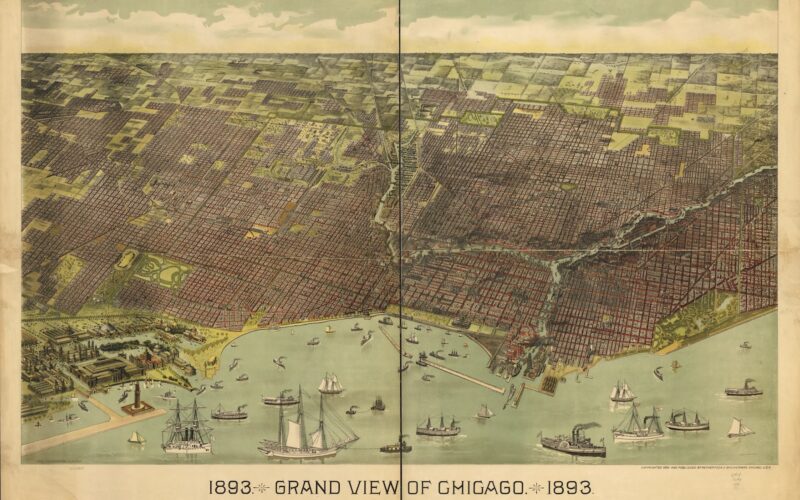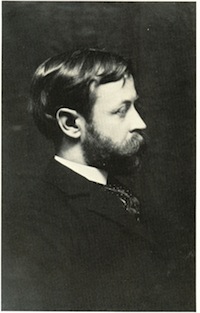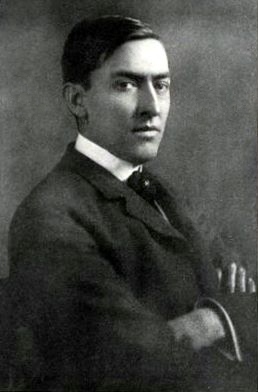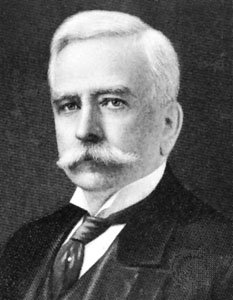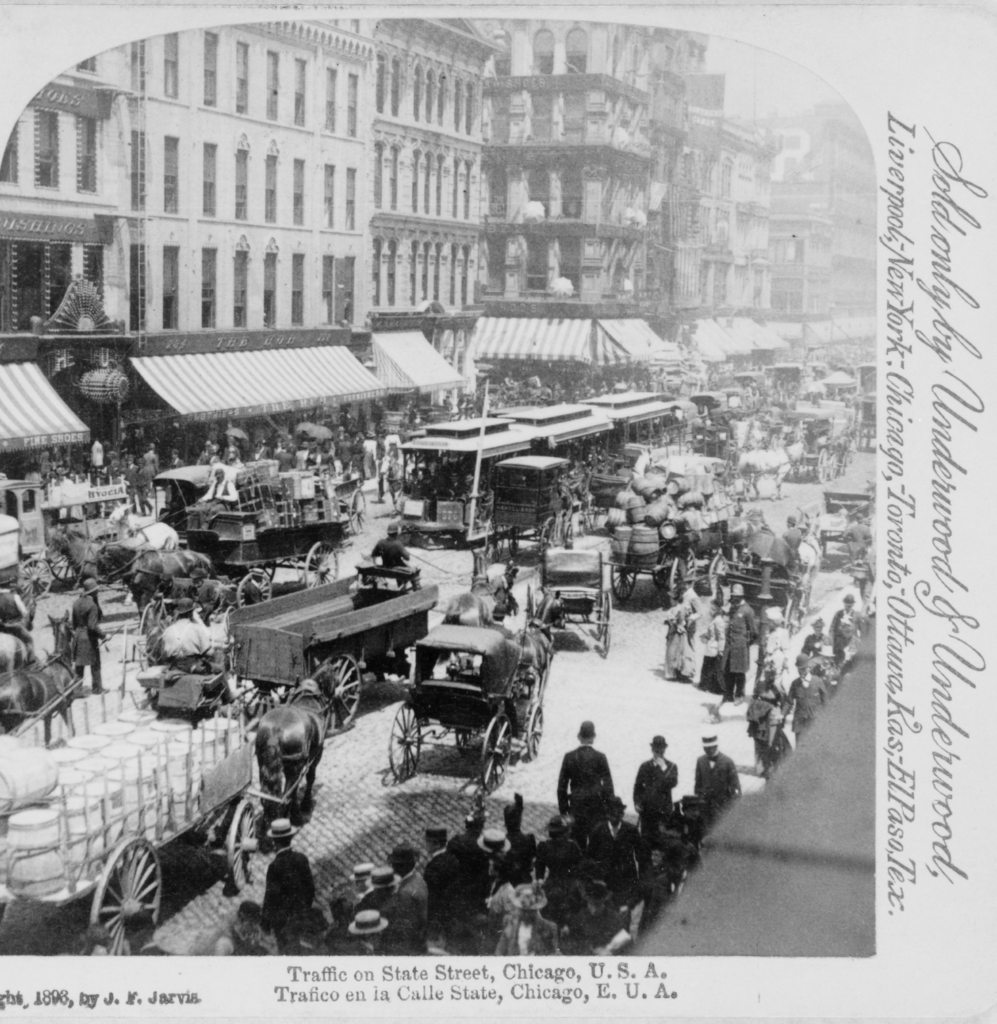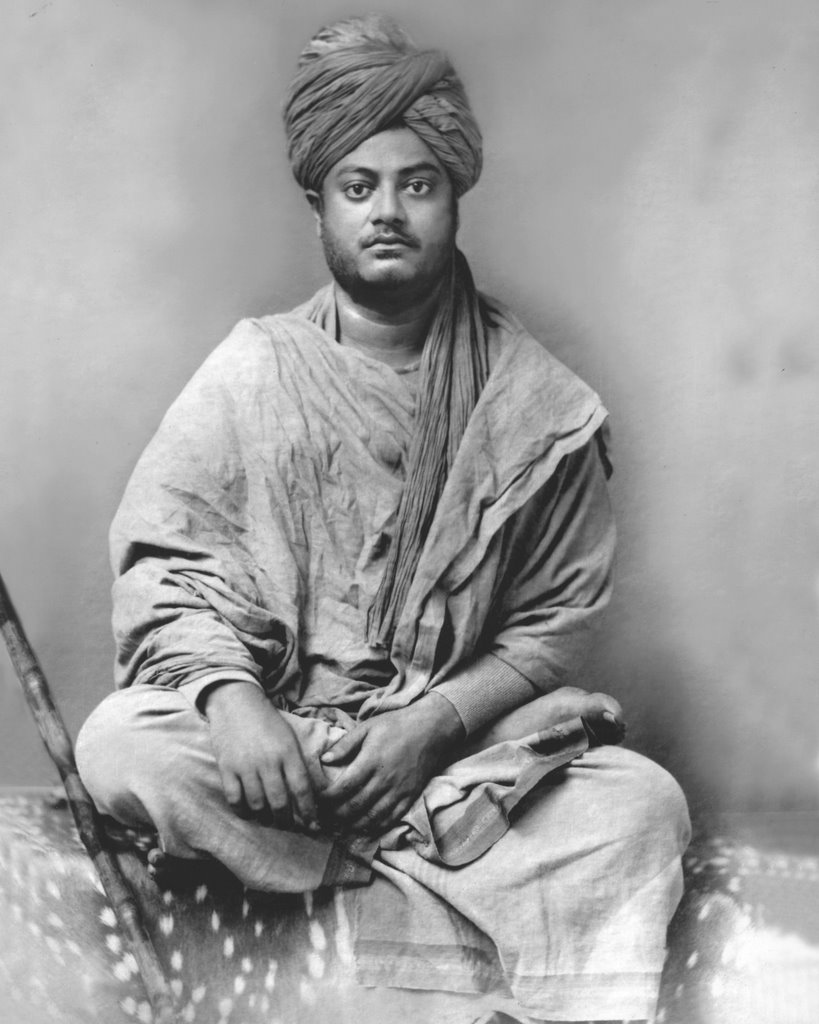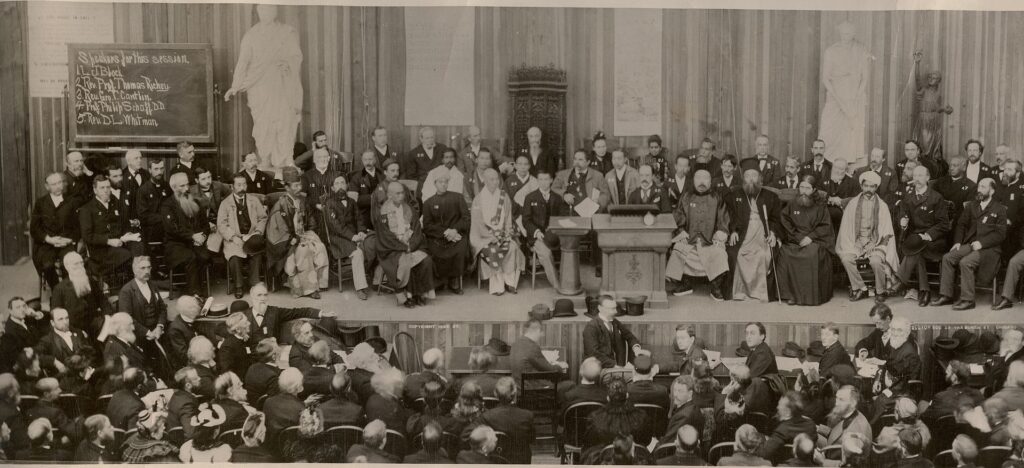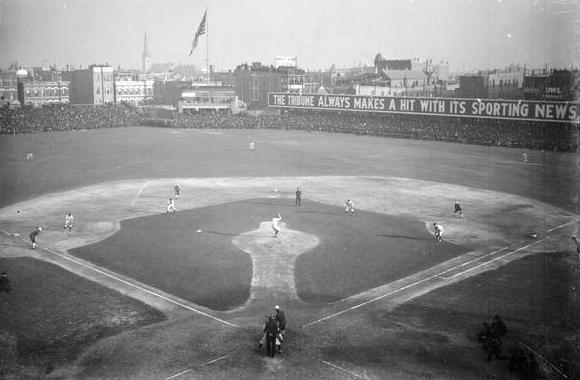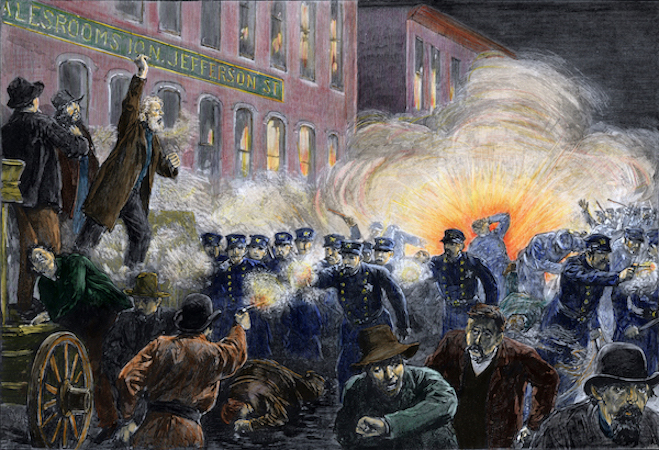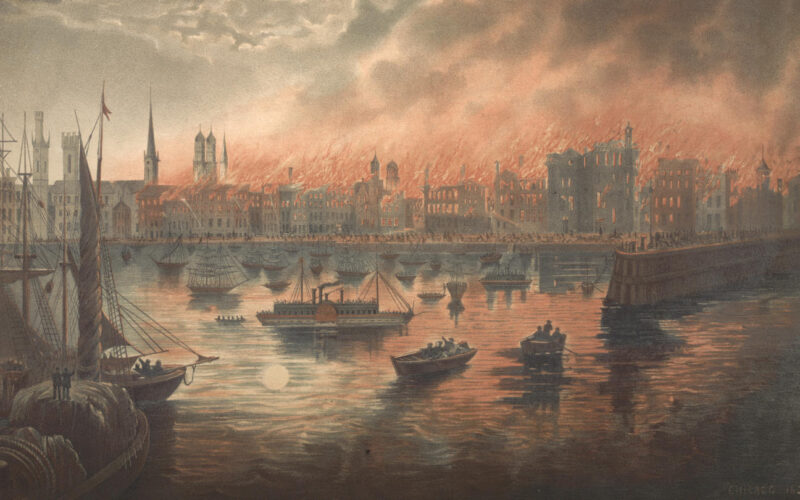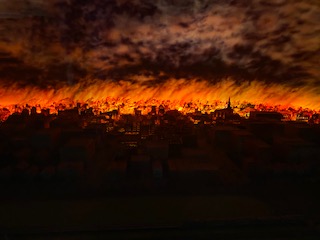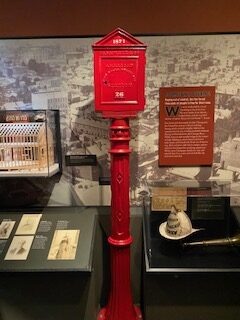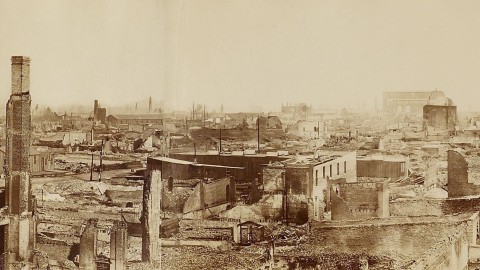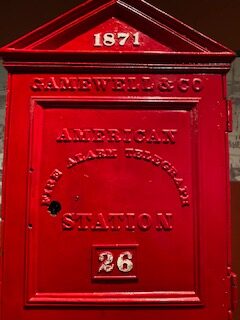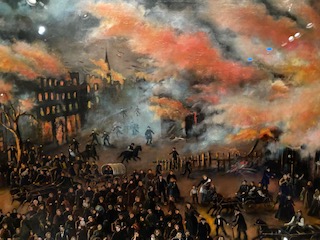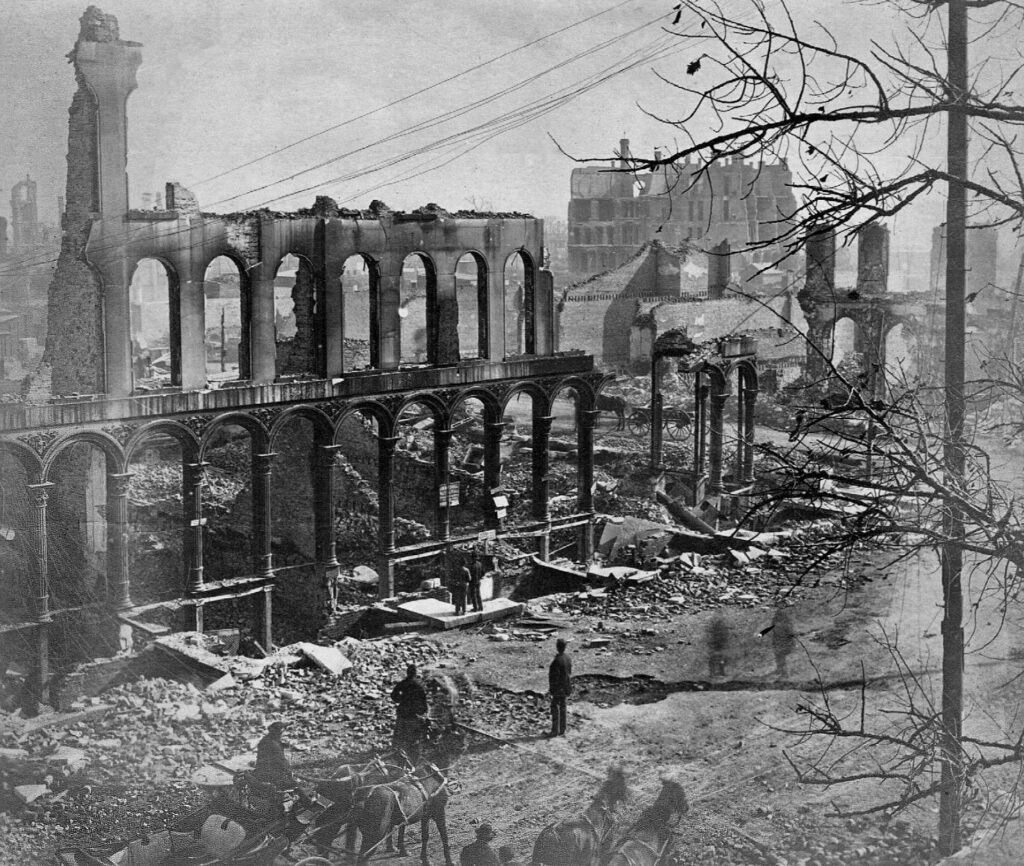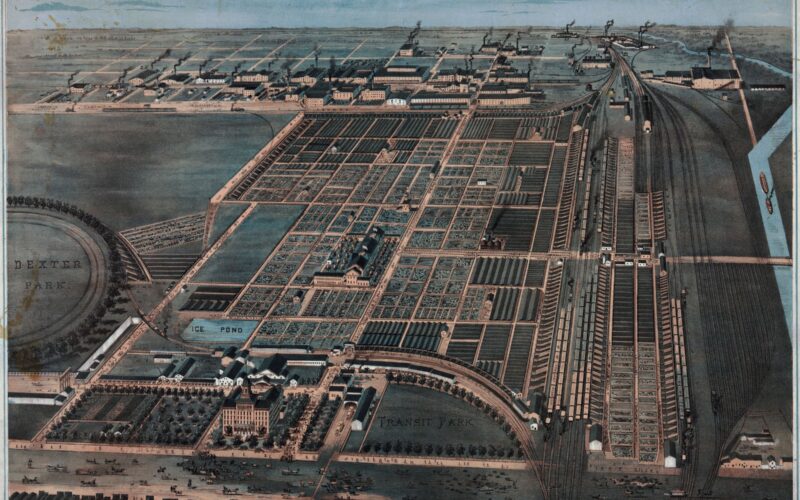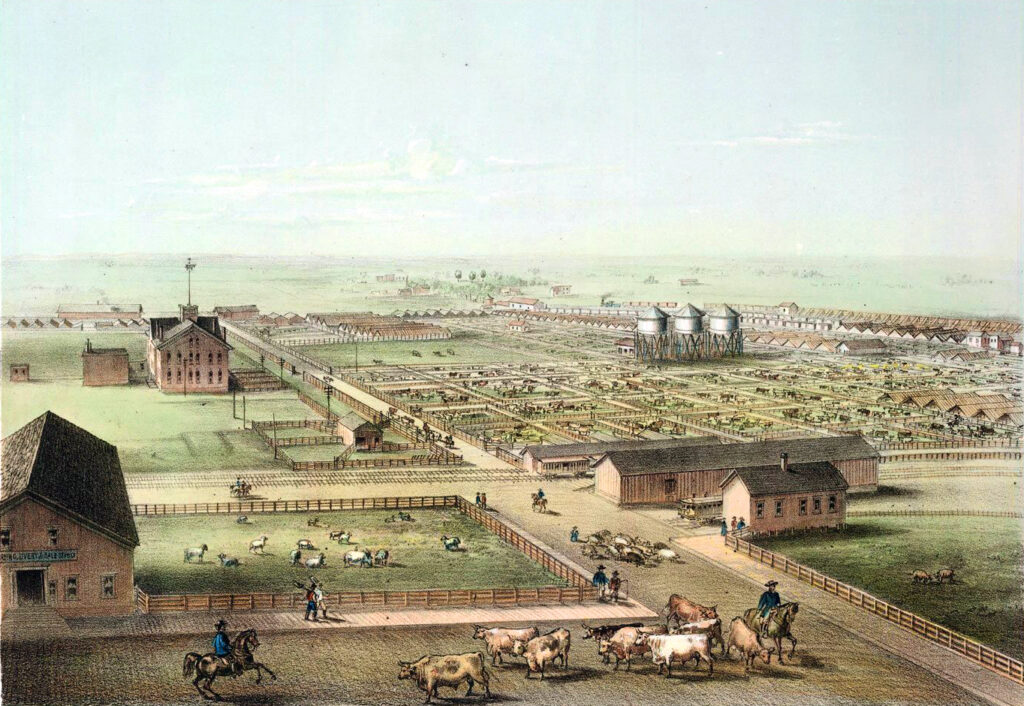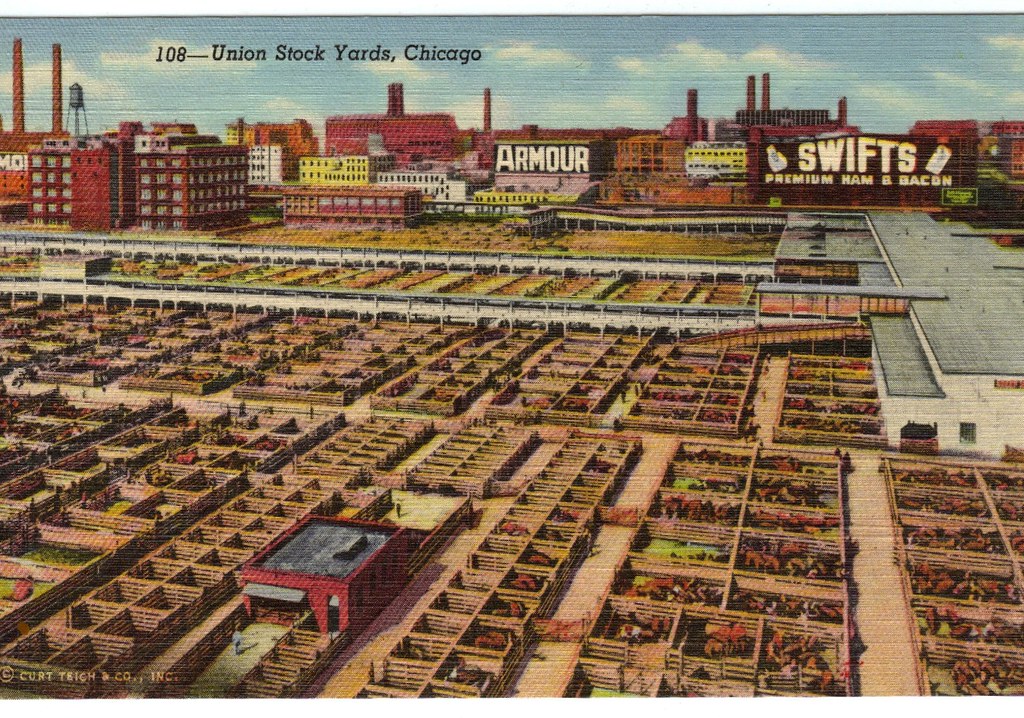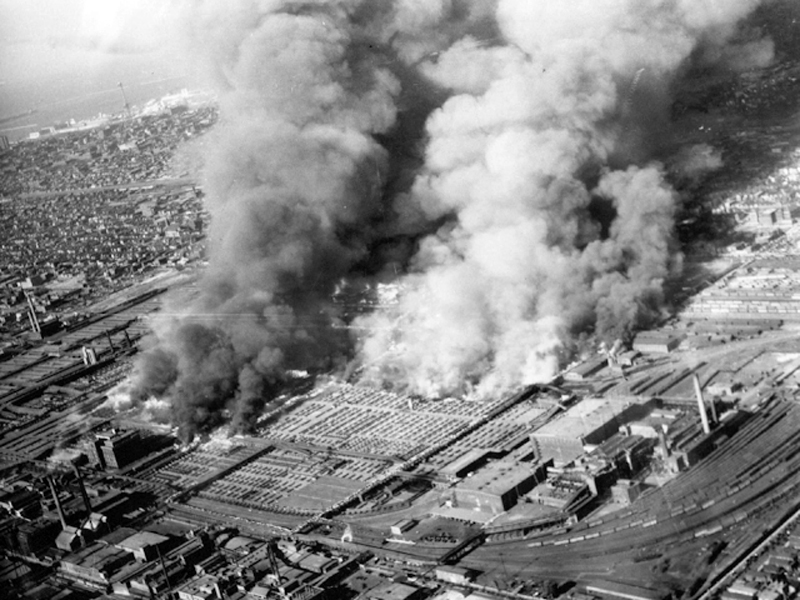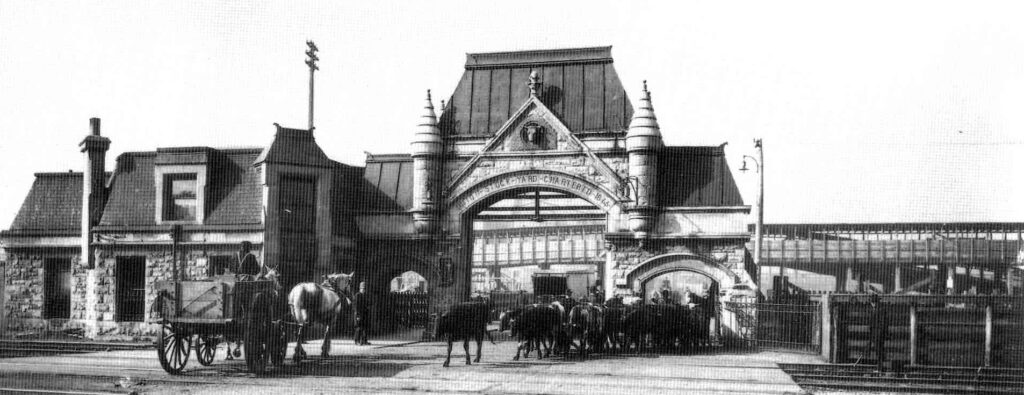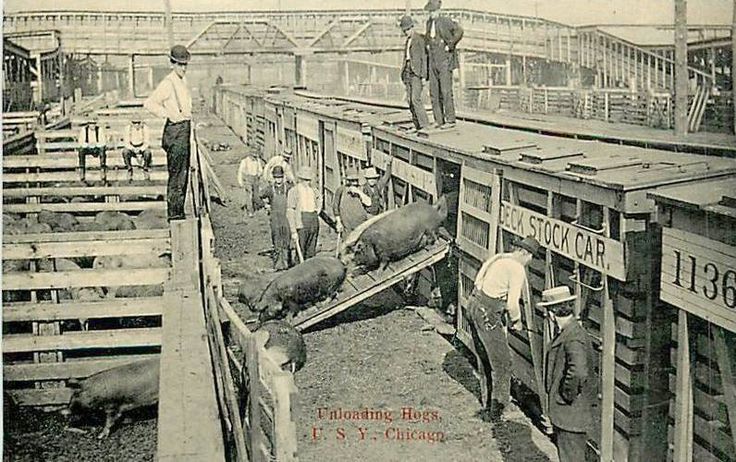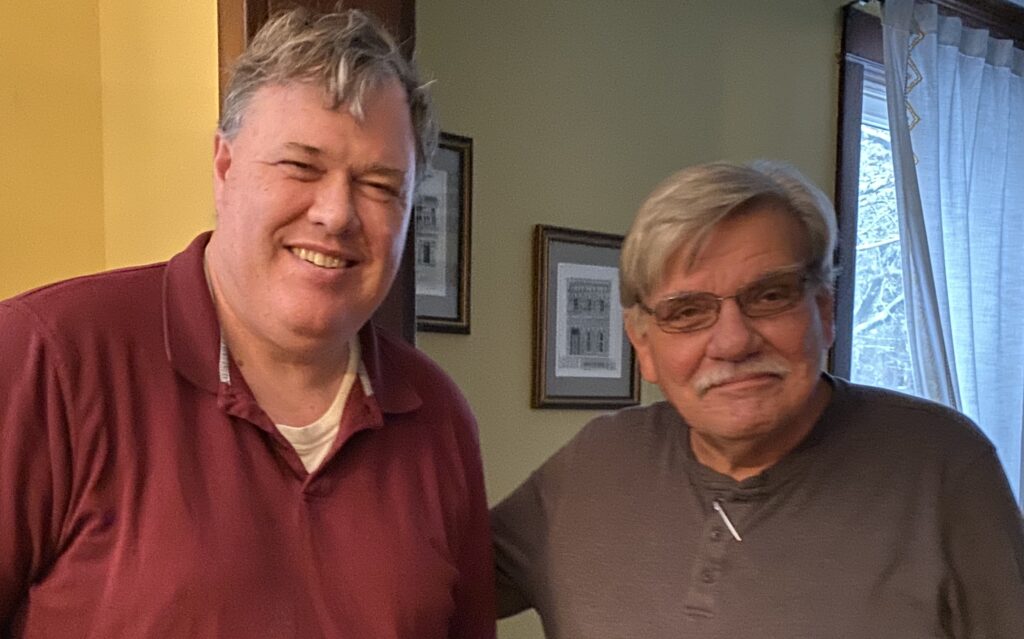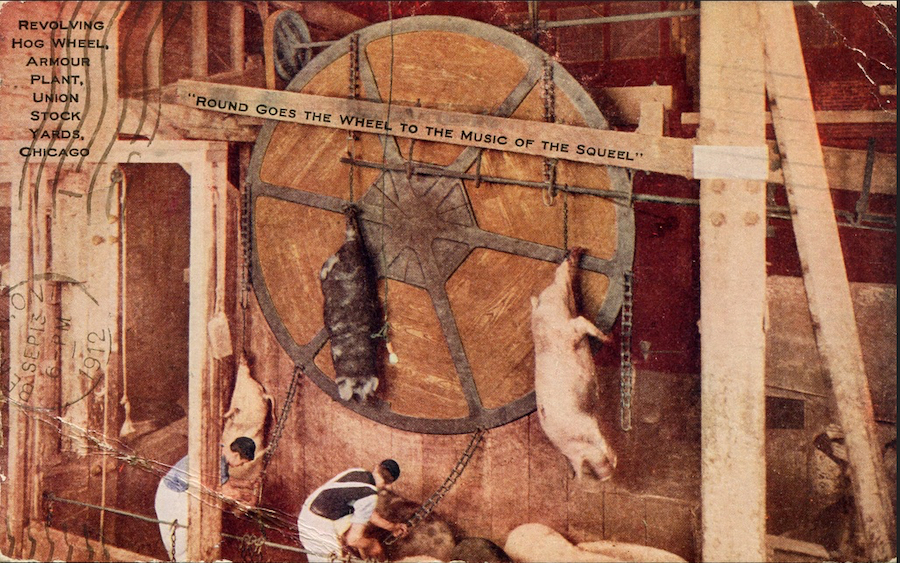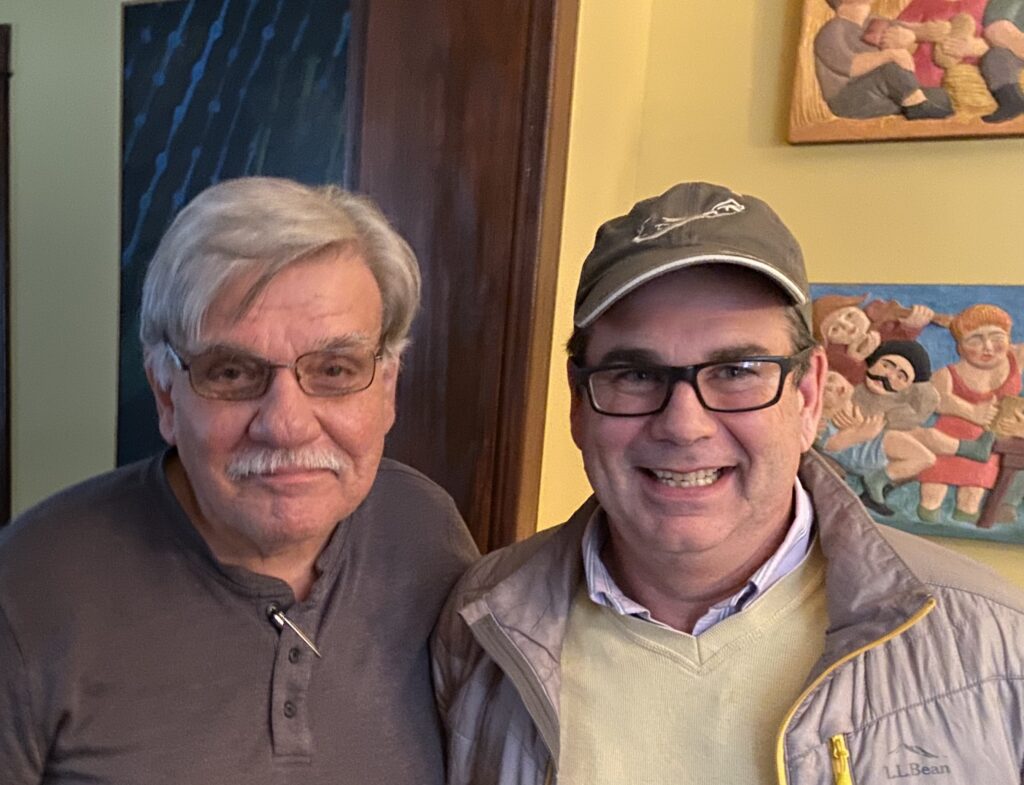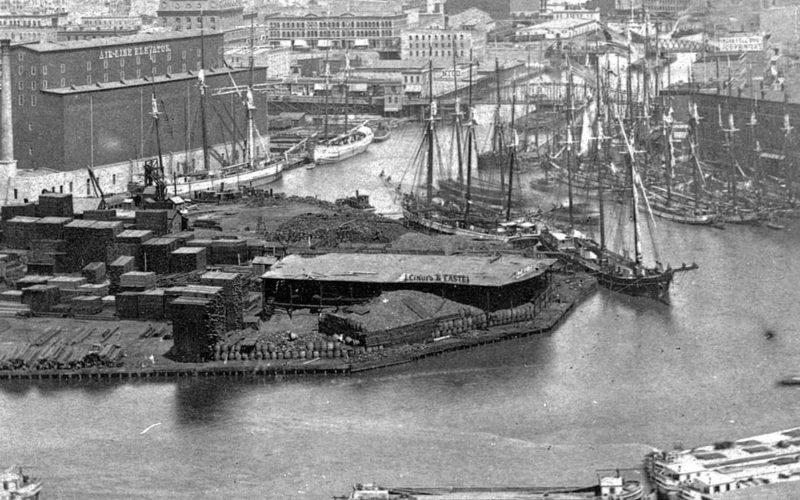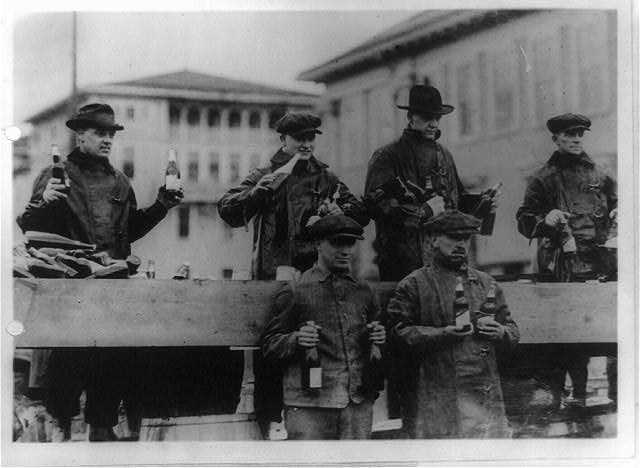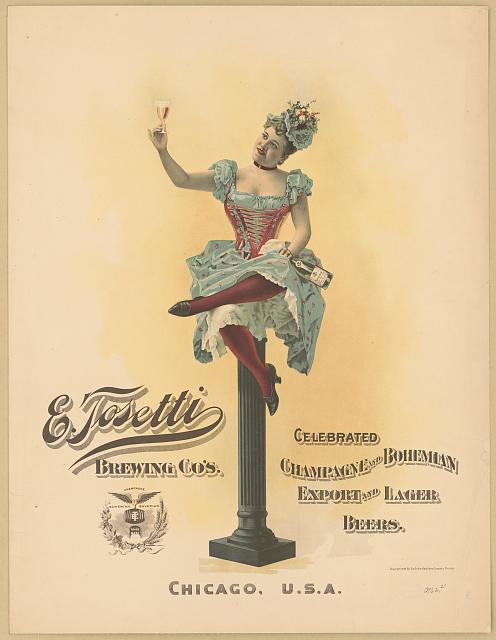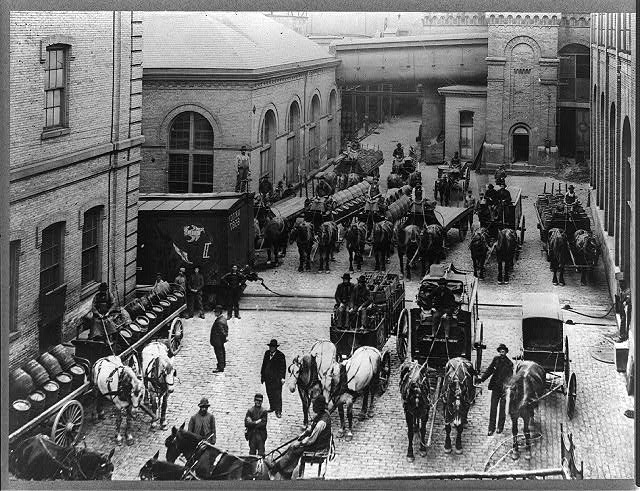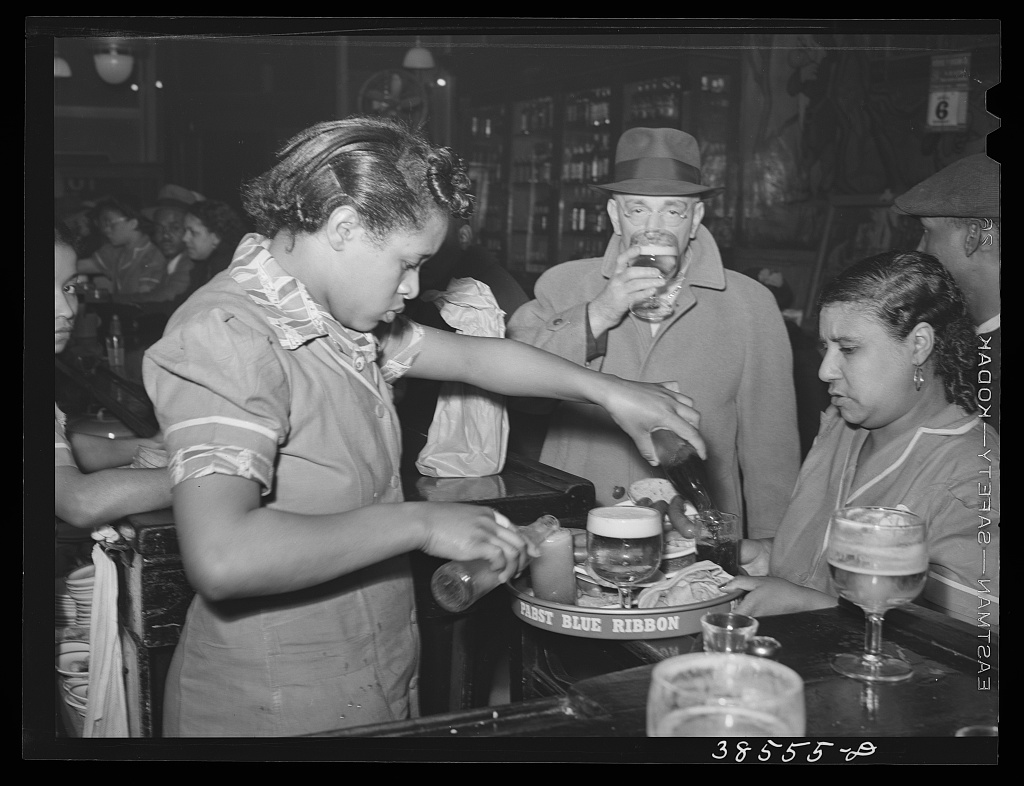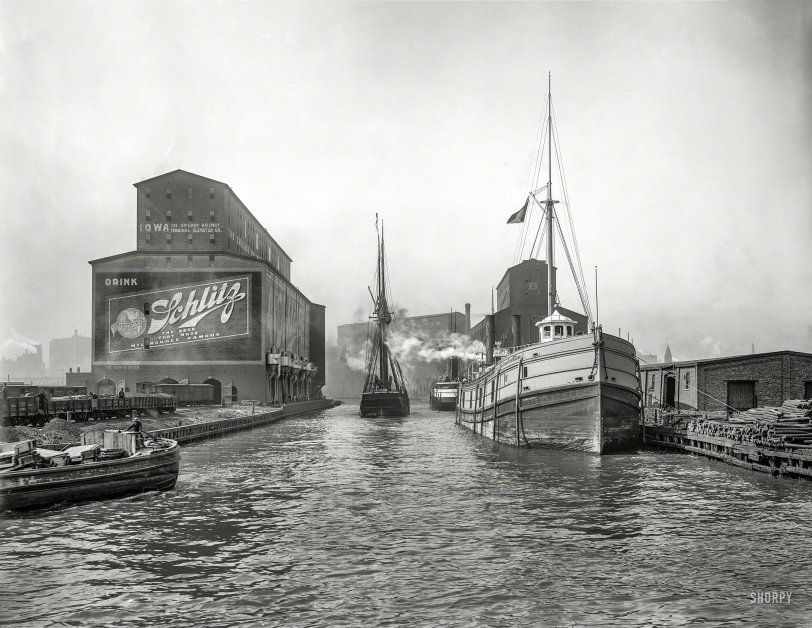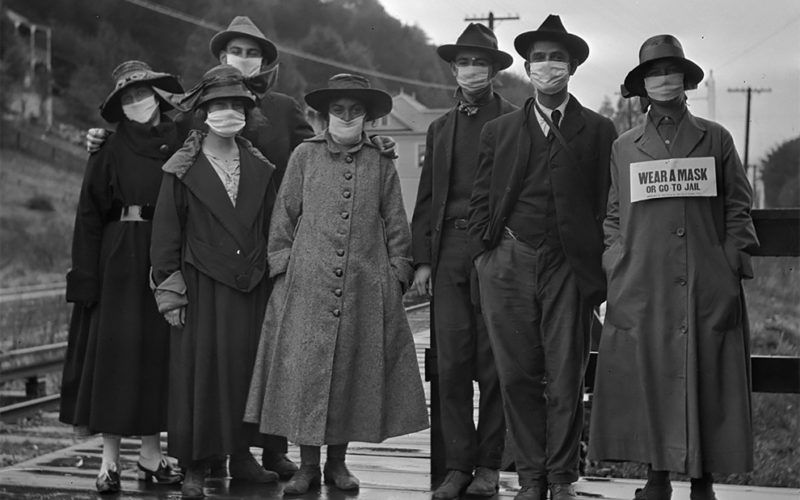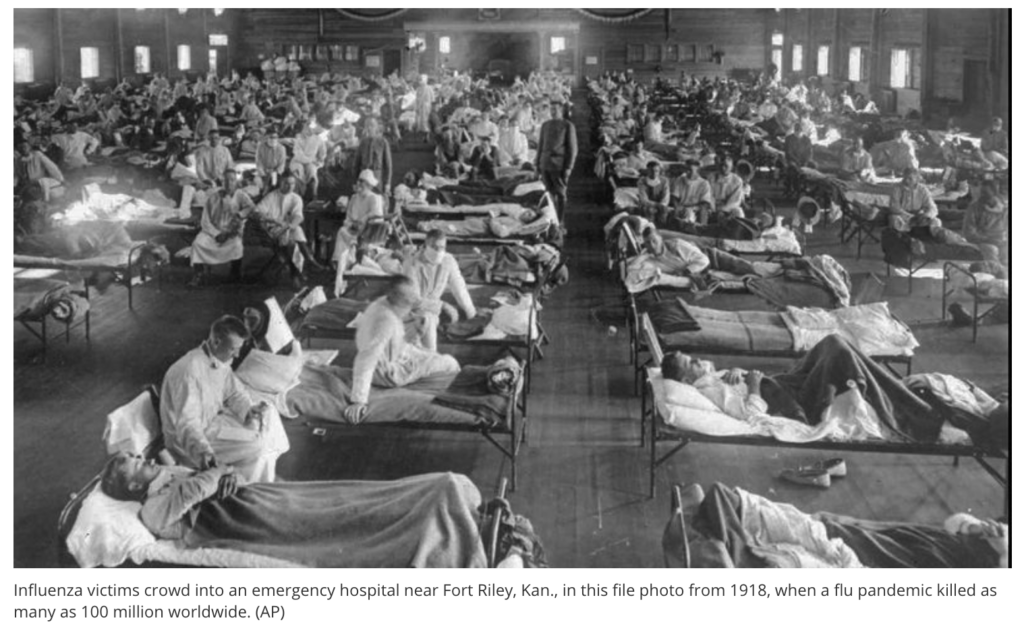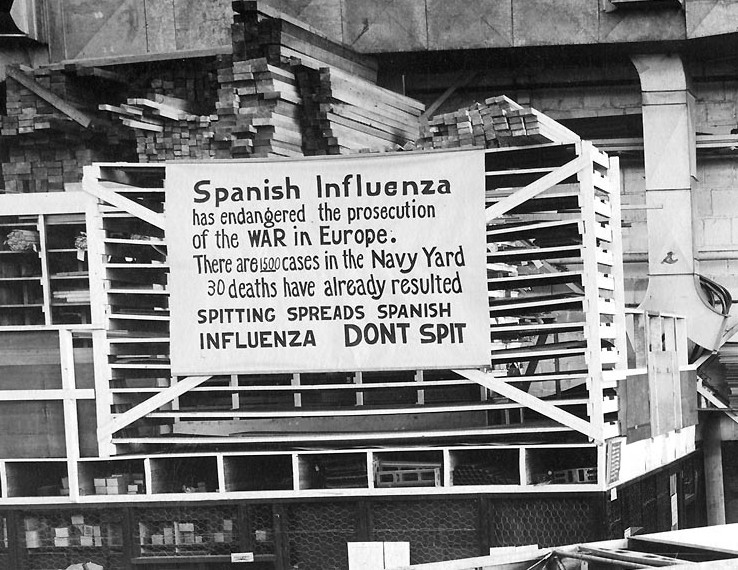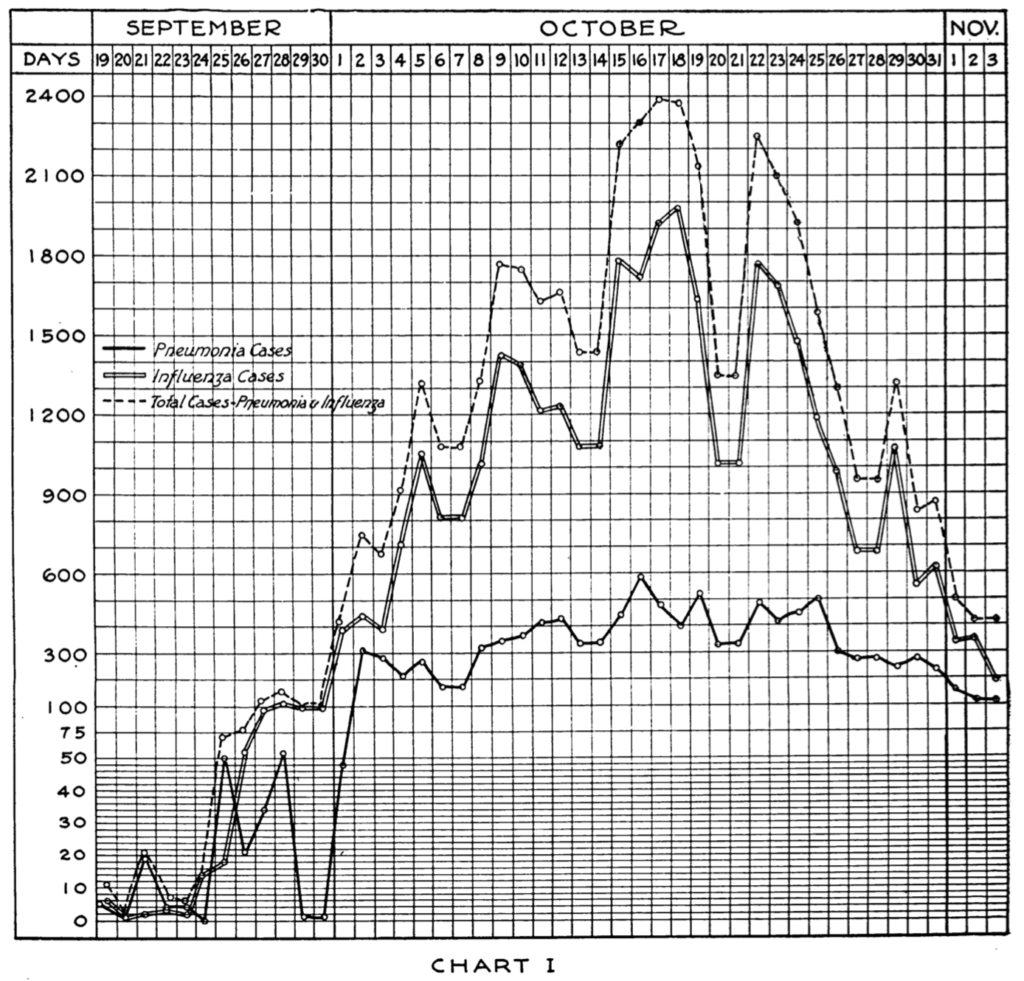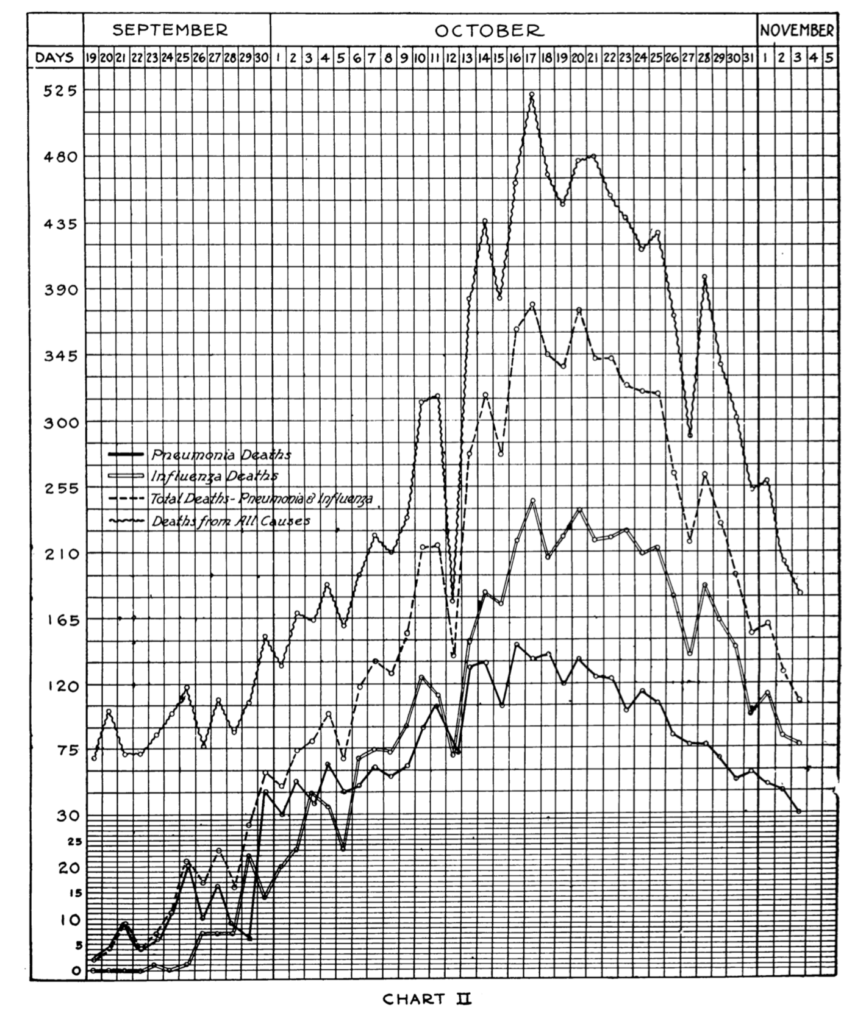Episode 22 – Eyewitness to History: From the Pullman Strike to H.H. Holmes
Looking back on historical events, whether it is the Civil War or the Chicago Fire, they are usually presented in isolation, a individual events separated by subject, pinned to a specific date or period of time. Yet, history is not nearly so neat and tidy, and to someone who lived through those times, it becomes part of the greater tapestry of life.
With this in mind our latest and 22nd episode of the Windy City Historians podcast “Eyewitness to History” approaches this historical journey following the experiences of Chicago policeman, John E. Fitzpatrick (1852-1902). As a Patrol Sergeant Fitzpatrick was present at the Haymarket Bombing of 1886, rose rapidly through the ranks to soon attain the position of Inspector and lead the honor guard for President Cleveland for the opening ceremonies of the Columbian Exposition of 1893. A year later, Inspector Fitzpatrick would be embroiled in a chaotic summer due to the Pullman Railroad Strike, and the following year is assigned as lead detective on the H.H. Holmes serial murder cases that shocked a nation.
A century later, these remarkable stories and adventures were unearthed by his great-great-granddaughter and our guest, Kim Fitzpatrick. Based on Kim’s diligent research we uncover the life and times of John E. Fitzpatrick and present this fascinating and personal history of his decorated Chicago Police career. We hope you enjoy it as much as we enjoyed learning the Fitzpatricks’ story.
Note: This episode was updated on May 4, 2021 to correct a missing “great” to Kim Fitzpatrick’s relation and great-great grandfather John E. Fitzpatrick.
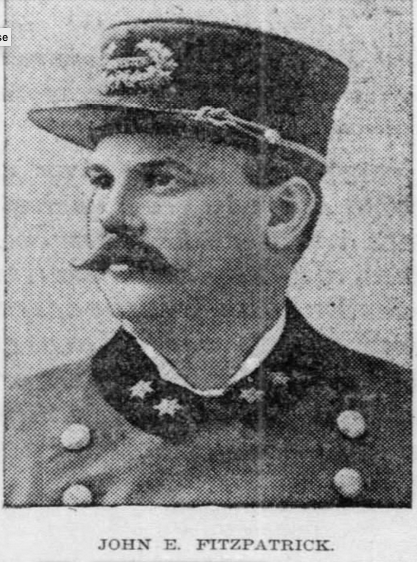
John E. Fitzpatrick 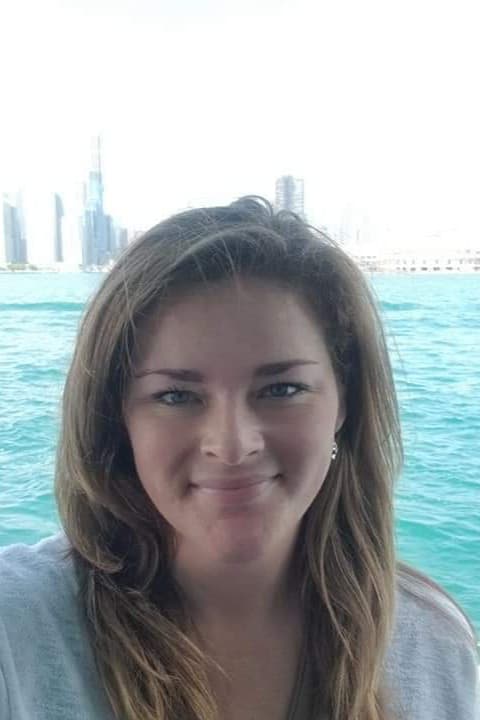
Kim Fitzpatrick 
Newspaper sketch of Inspector Fitzpatrick 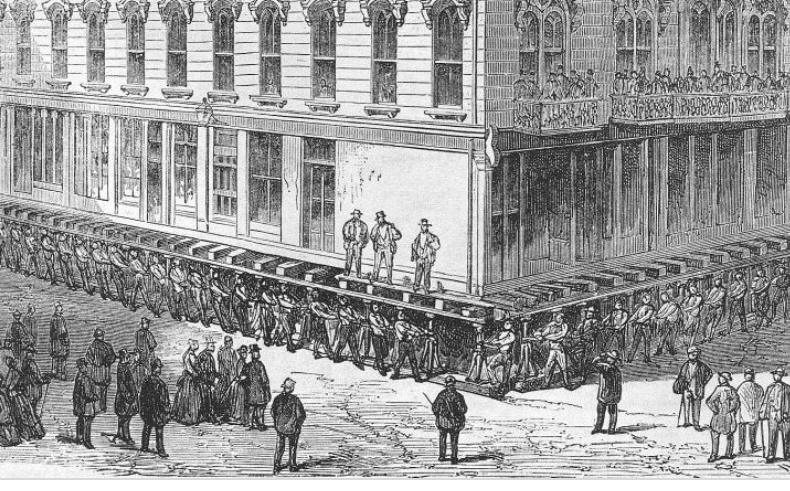
The Raising of Chicago buildings 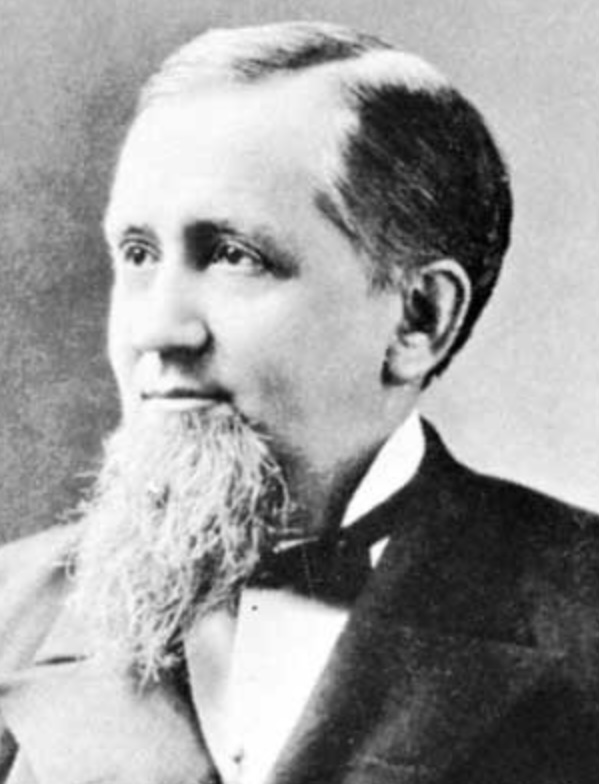
George Pullman 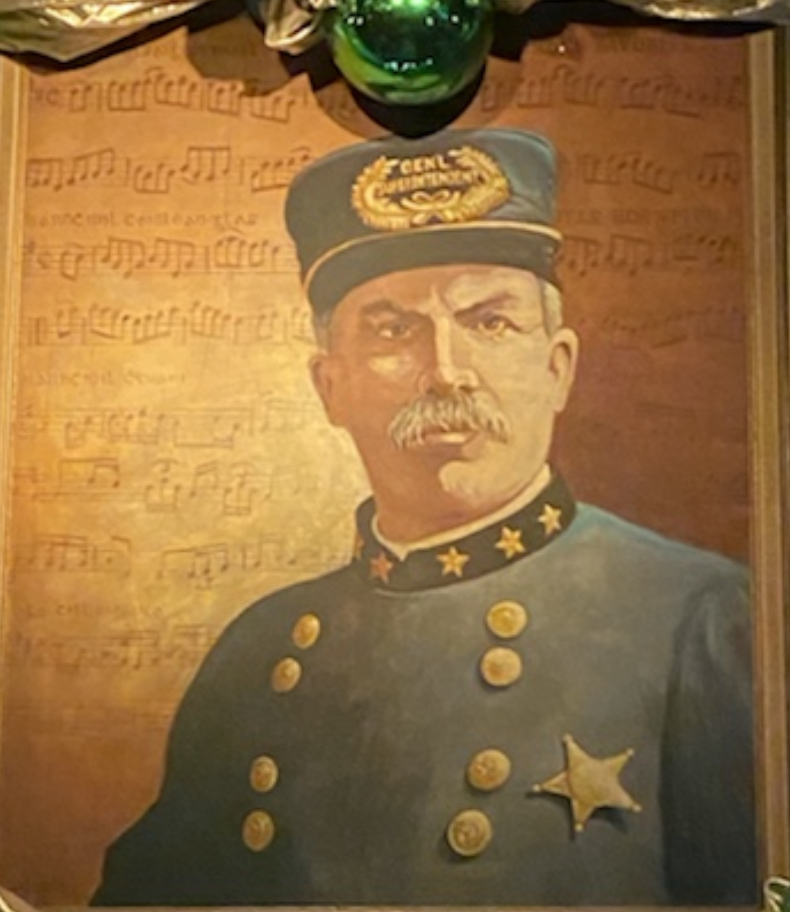
Chief Francis O’Neill 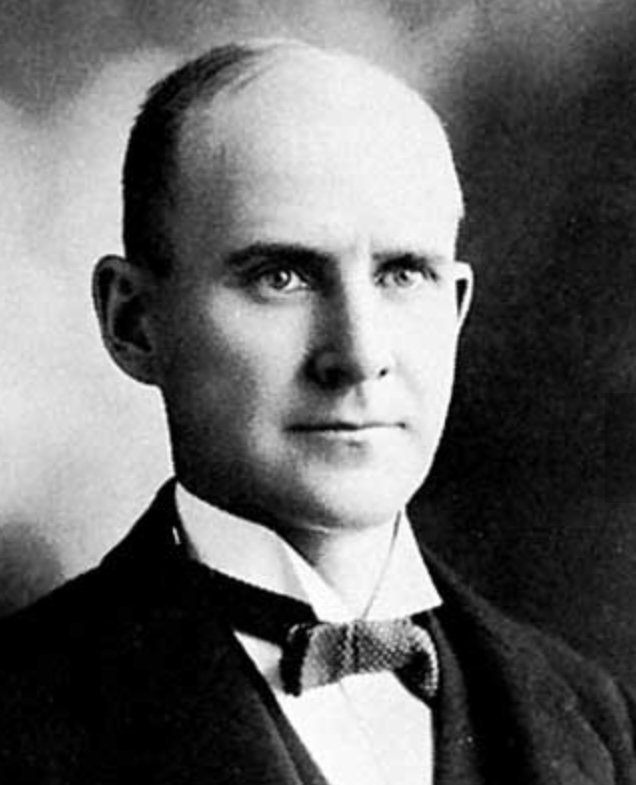
Union Leader Eugene V. Debs 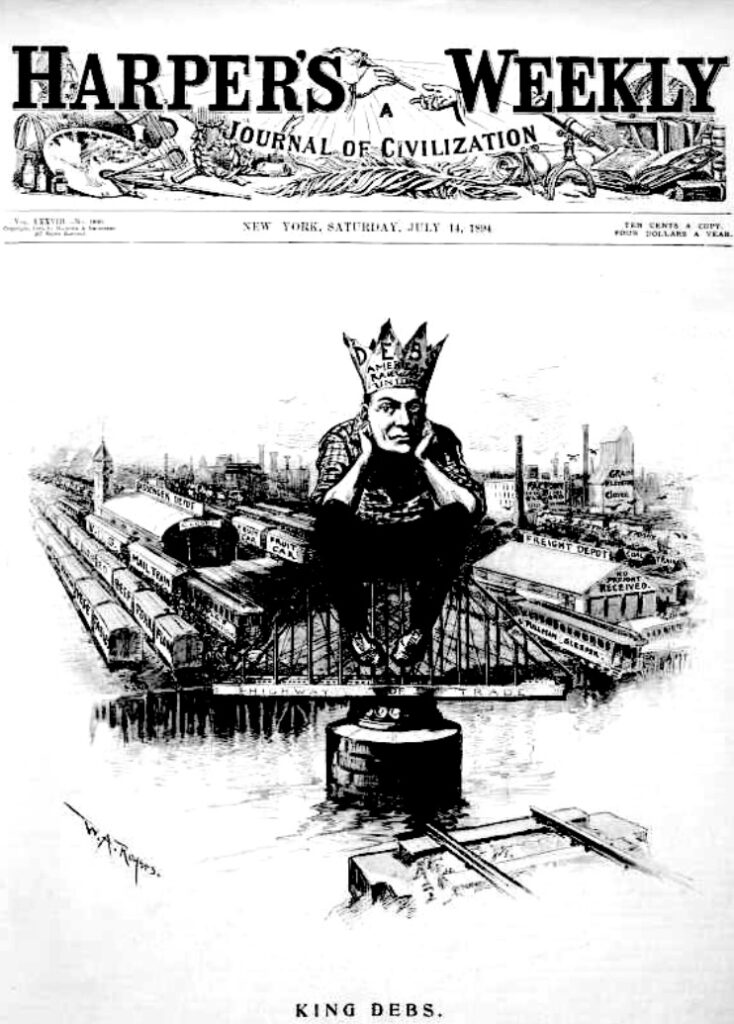
Debs Cartoon 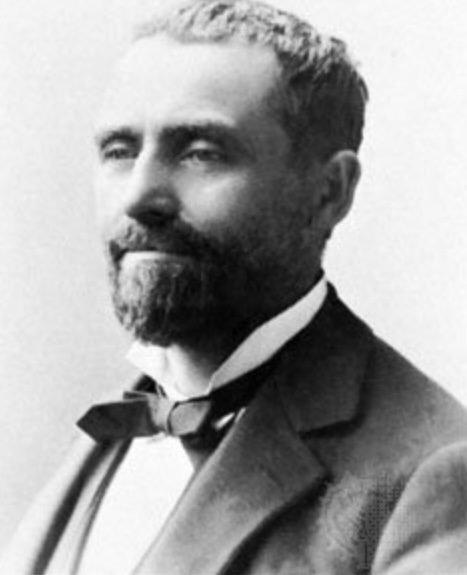
Illinois Gov. John Peter Altgeld 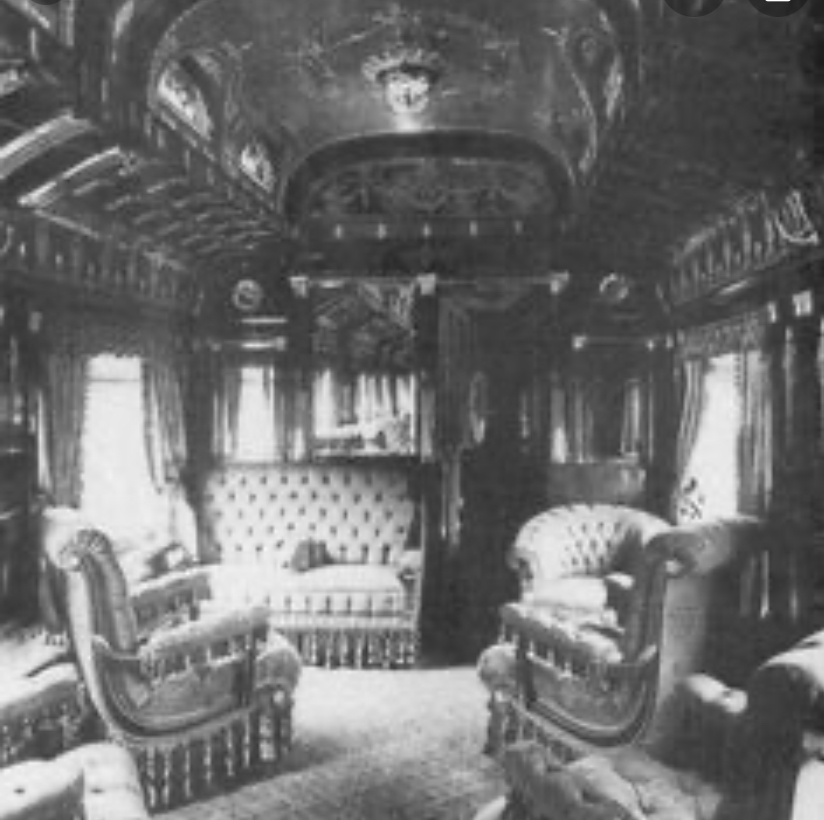
Pullman Car Interior 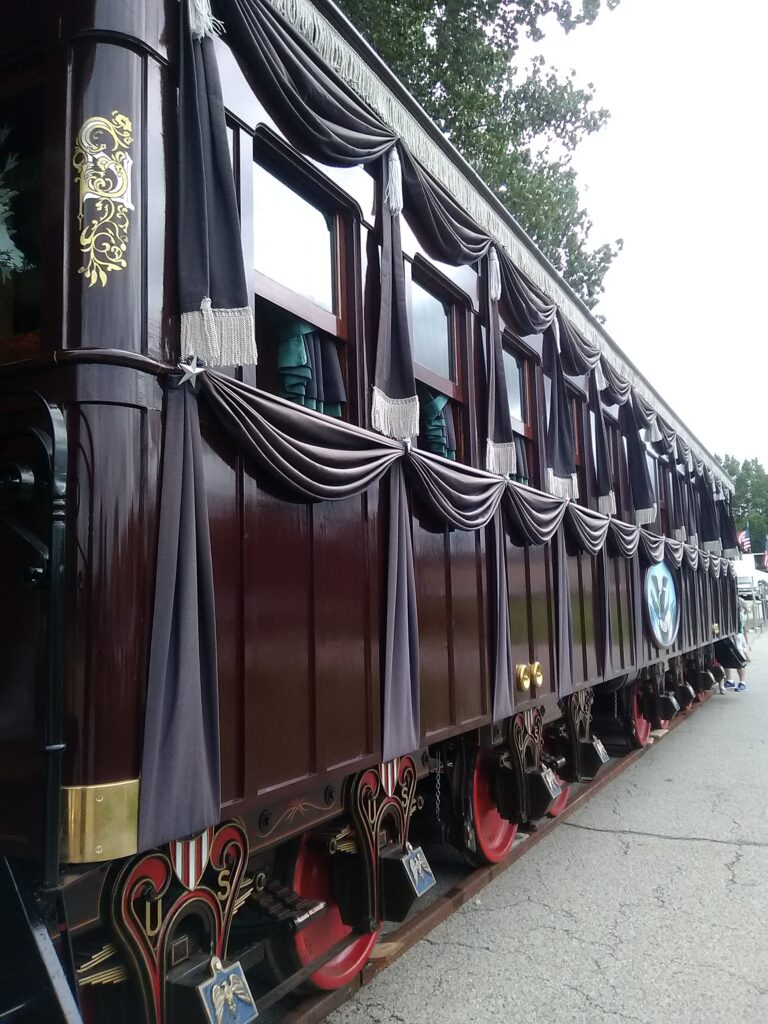
Replica of the Lincoln Funeral Pullman Car 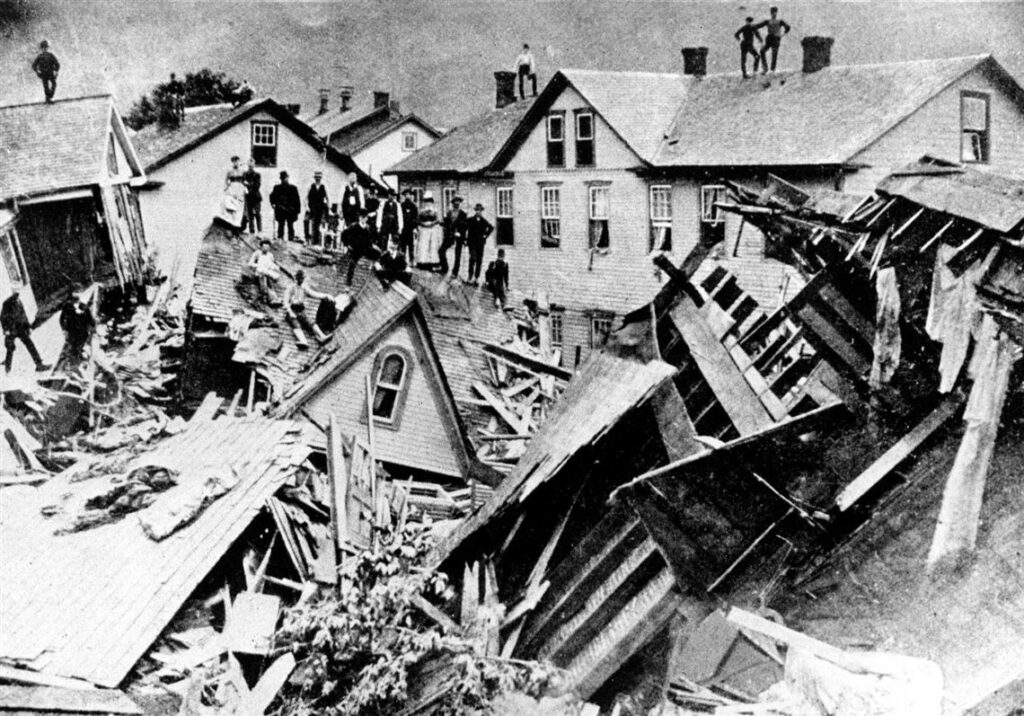
Wreckage from the Johnstown Flood 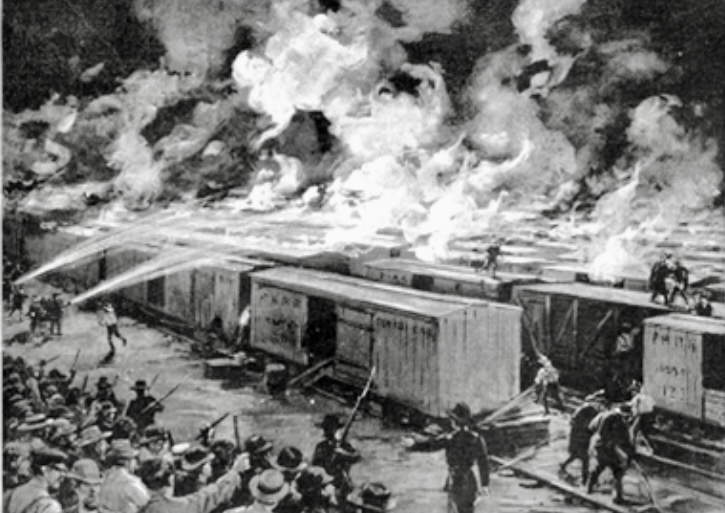
Pullman Strike Scene
Links to Research and Historic Sources:
- John E. Fitzpatrick obituary, Chicago Tribune, Mar. 27, 1902
- Opening Day of the Columbian Exposition: May 1st, 1893, a series of articles on The World’s Fair website posted in April 2018
- The Time They Lifted Chicago Fourteen Feet, on the enjoy Illinois website posted Dec. 3, 2018
- The Lincoln Funeral Train, on the Illinois History & Lincoln Collections blog posted Aug. 30, 2019
- The Johnstown Flood, by David McCullough published Jan. 15, 1987
- Johnstown Flood Memorial, National Park Service website
- H.H. Holmes (1861 – 1896), on Wikipedia on this serial killer also chronicled in the book below
- Devil in the White City, by Erik Larson
- “How a Deadly Railroad Strike Led to the Labor Day Holiday,” by Sarah Pruitt posted Aug. 27, 2019 on the History Channel website
- The Pullman Strike 1894 history on the Kansas Heritage website
- Historic Pullman Foundation website
- Chief O’Neill’s Pub & Restaurant website
- A Harvest Saved: Francis O’Neill and Irish Music in Chicago, by Nicholas Carolan published April 1997
- Francis O’Neill: The Police Chief Who Saved Irish Music, on WTTW’s Chicago Stories website
- Pullman Strike, by Melvin I. Urofsky on Encyclopedia Britannica website
- Pullman National Monument on the Nation Parks Service website
- Adam Selzer astonishing Chicago website by this historian, author and tour guide
- President Obama dedicates the Pullman Site a national monument on YouTube posted on July 21, 2016
- “The Rise and Fall of the Sleeping Car King,” by Jack Kelly, Jan. 11, 2019 on Smithsonian Magazine website

